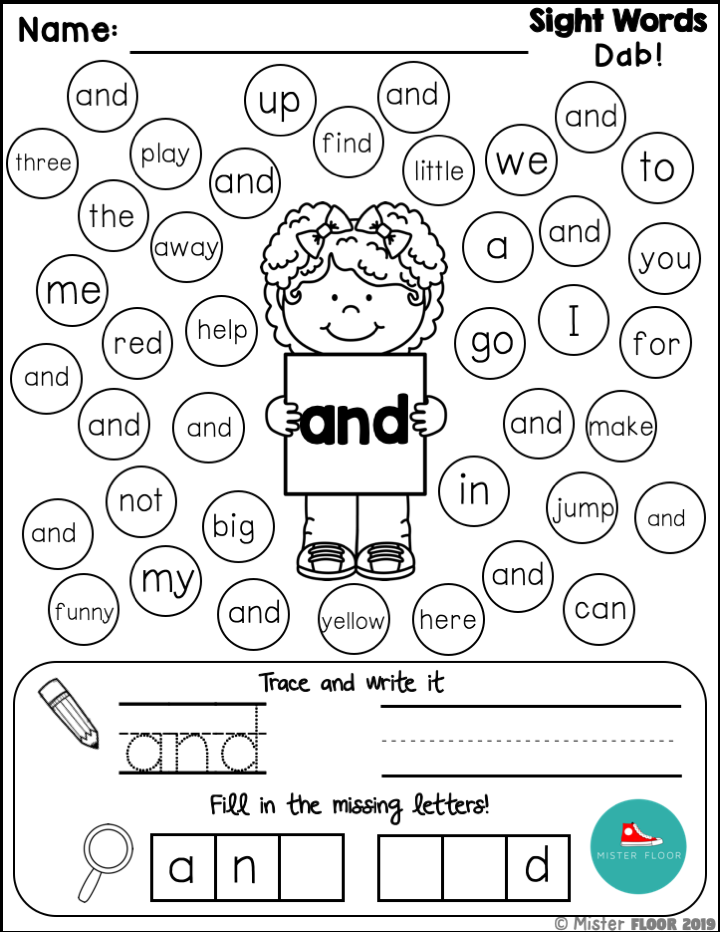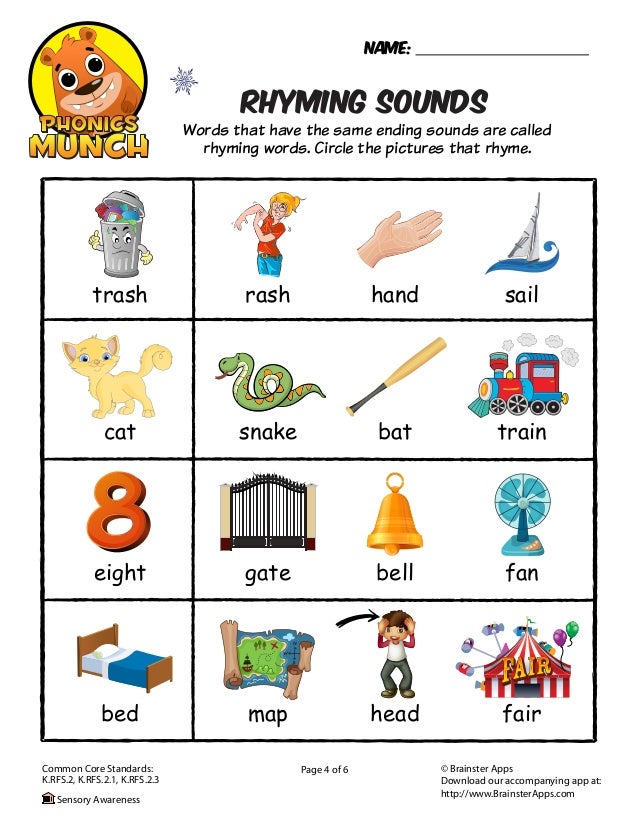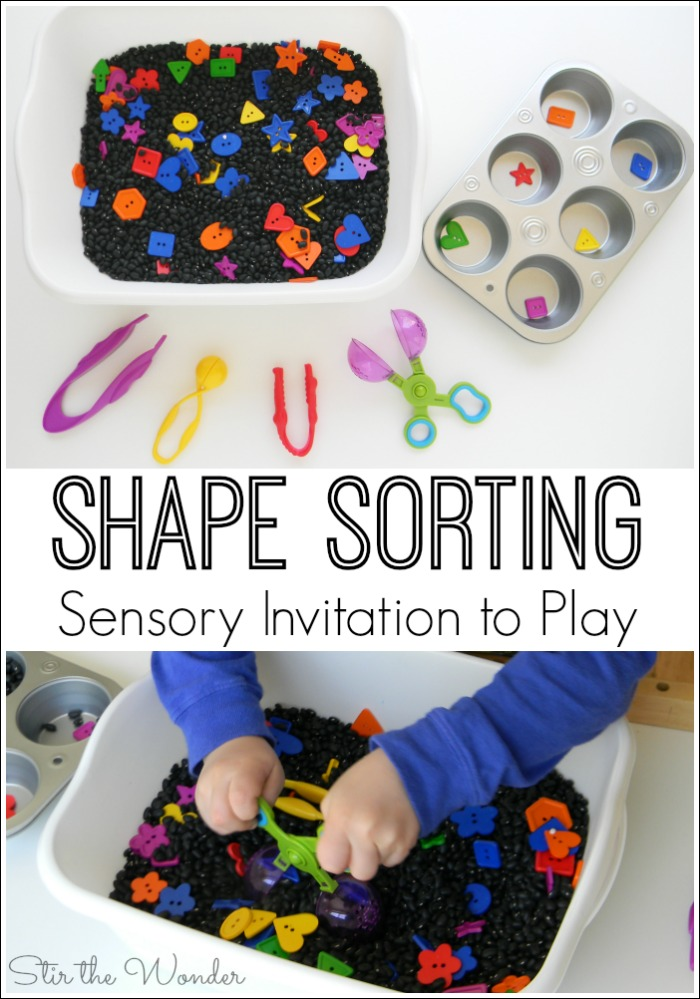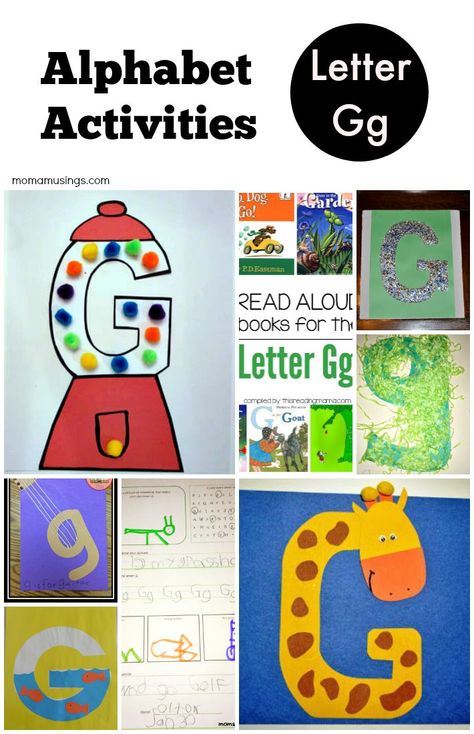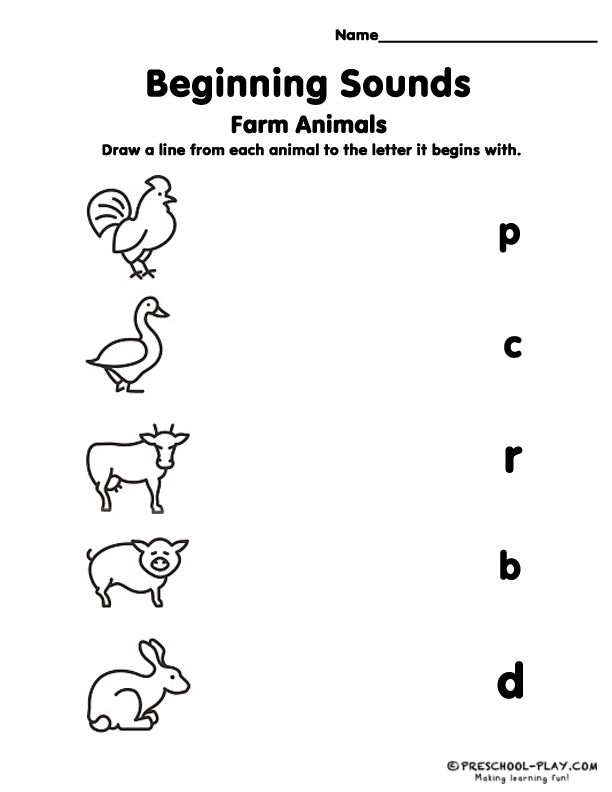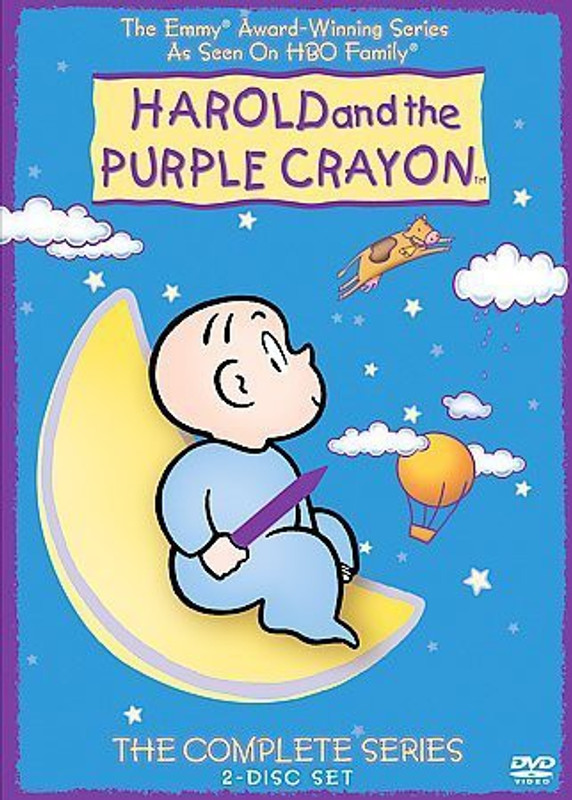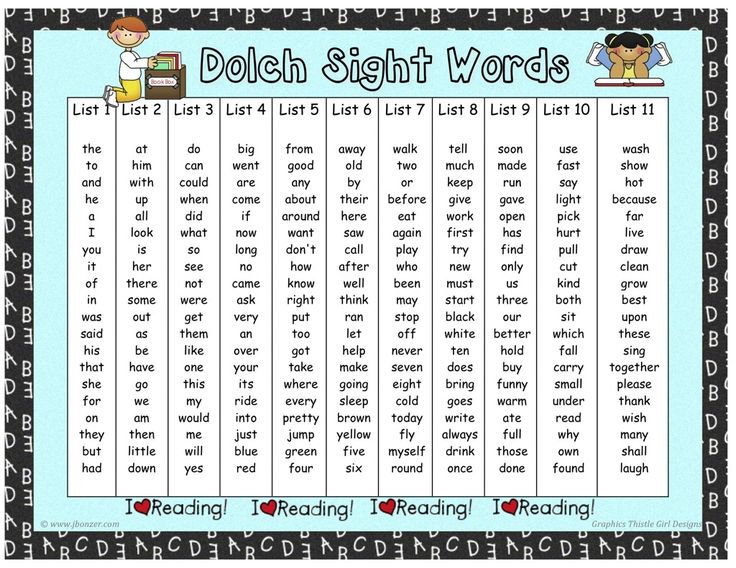Fun sight word activities for kindergarten
5 Hands-On Sight Word Activities for Kindergarten
Learning letter sounds, how to blend and segment words, and various phonics skills are foundational for early reading. However, there are just some words that can’t be sounded out. Sight words are commonly used words that young readers are taught to memorize. Since these words are used in high frequency, students are encouraged to recognize them by sight. Hands-on sight word activities merge students’ kinesthetic learning with visual learning.
For many kids, sight words are one of the first steps in learning to read. And what better way to learn sight words than with some fun sight word games that don’t require worksheets?
Learning to read is complicated and intricate, especially for kindergarten students. While learning to read sight words is only one component of reading development, it is a necessary and important component.
What are sight words?
Words like the, of, you, was are all words that need to be memorized and recognized by sight. They cannot be decoded using general phonics patterns.
Some words that we consider sight words are decodable words, but occur frequently. Those are often called high frequency words, although I have found that “sight words” and “high frequency words” are terms that are used interchangeably. Words like, and, that, as, on, in are all decodable words, but are also often taught as sight words.
Which words should you consider sight words?
Well, there’s a couple of different answers. If your school district is assessing a list of words, consider that your list. If your school or district is not providing a list words, you can find various lists online, including Dolch Lists and Fry’s Lists. While Dolch and Fry’s are some of the more common lists, each reading program seems to develop its own list. Most lists are very similar.
Since it takes students so long to learn sight words, you might consider limiting sight word instruction to words that are common and irregular or not decodable. If you are teaching a phonics-based reading program alongside teaching students to memorize sight words, then they will learn how to decode
and, had, last, then, with, not, much, etc. as they progress through the reading program. Don’t waste valuable time on teaching students to memorize decodable words if you don’t have to.
If you are teaching a phonics-based reading program alongside teaching students to memorize sight words, then they will learn how to decode
and, had, last, then, with, not, much, etc. as they progress through the reading program. Don’t waste valuable time on teaching students to memorize decodable words if you don’t have to.
How do Students Learn Sight Words
There are a variety of ways for students to learn sight words. Frequent exposure is the key. You can do a read-spell-read routine whole class and in small groups. Parents can also easily learn to do this routine at home with flash cards.
All students will also benefit from using more hands-on sight word activities during your word work stations.
Here are 5 sight word activities for kindergarteners that help young learners remember high-frequency words while having fun!
1. Block Building Game
Turn a classic block building game, like Jenga, into a way for students to learn their sight words.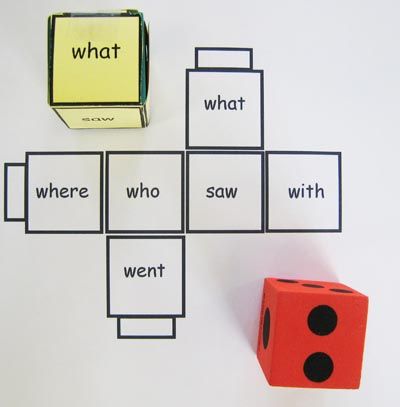 Start by writing a high-frequency word on each block. Playing the normal Jenga rules, where a player removes a block from the tower and places it on top, have the student who removes the block successfully use the sight word in a sentence before the next player takes their turn. Or for an easier version, have players read and spell the words while moving blocks.
Start by writing a high-frequency word on each block. Playing the normal Jenga rules, where a player removes a block from the tower and places it on top, have the student who removes the block successfully use the sight word in a sentence before the next player takes their turn. Or for an easier version, have players read and spell the words while moving blocks.
Download the game rules from education.com.
2. Tic-Tac-Toe
Kids love to play Tic-Tac-Toe! Add a twist by having the student read a sight word and use it in a sentence or read and spell it before adding an X or O to the board. Use sight word flashcards.
Try a variation by having students write the words along with an X or O on the board. Check out the templates and rules from sightwords.com.
3. Shaving Cream Sight Words Activities
Sometimes learning is messy! Break out the shaving cream on desks and tables, and have your students write out their sight words with their fingers. Save money on supplies by checking out a local dollar store or buying in bulk at a warehouse club store.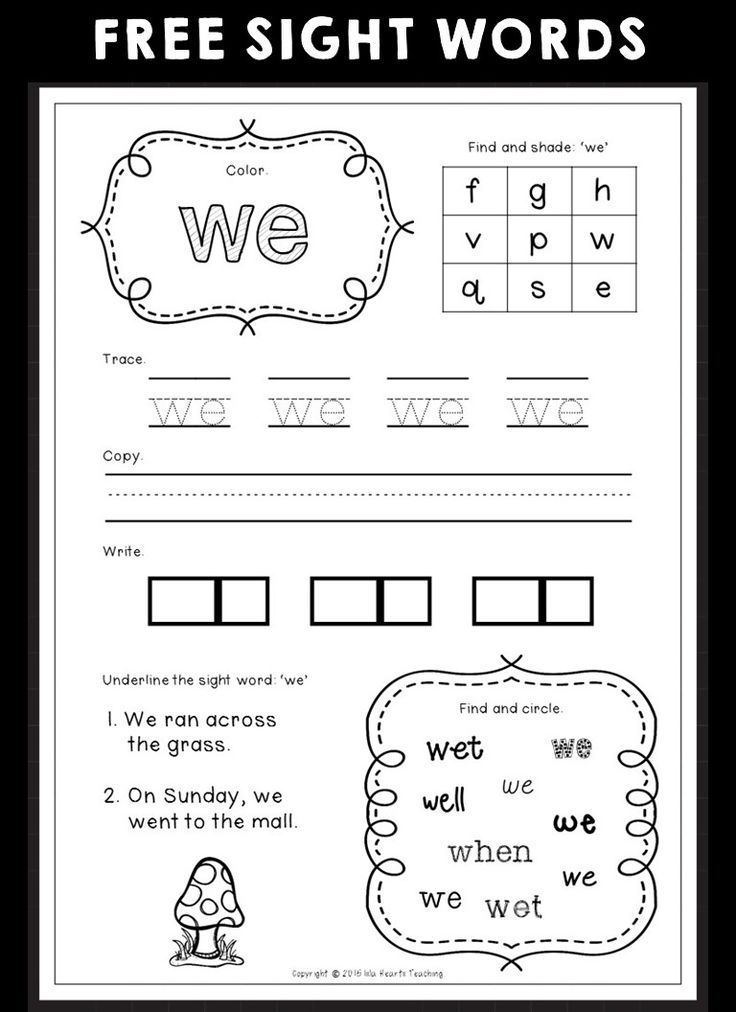
Clean up is easy. Just wipe down the tables and spray clean. One additional benefit is that the shaving cream acts as a soap and cleans up your table top!
A sand or salt box is another great tool to use, but a little less messy than shaving cream. Fill a small box with sand or salt. Using flash cards, have students turn over a card and draw the letters for the word in the box. The feel of the rough sand or salt helps kinesthetic learners memorize the words.
4. Use Manipulatives to Form Letters
For kinesthetic learners, using tangible items to physically form words can be an important way to show what they know! Try using Wikki Stix, playdough, or bendable straws to form words on mats or flat surfaces. Playdough is also a great medium for stamping letters to form sight words.
5. Journaling
Although open journaling or free writing may seem a little advanced for kindergarteners, you’ll be surprised with how much they can write even in the beginning stages.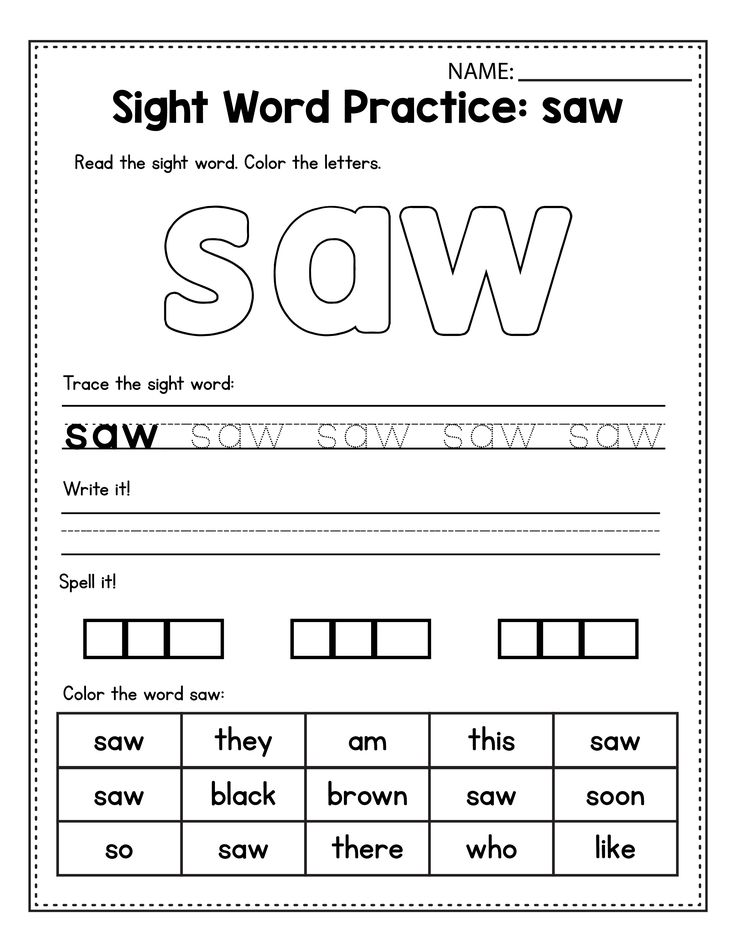
Give students a list of sight words and have them generate a story with a drawing. Or give students a seasonal topic with words and a few sight words.
Save these in a digital or paper portfolio throughout the year to measure growth. Tools like Seesaw are incredible for keeping portfolios of student work via video and other mediums.
6. Word Ladder Game
This game is perfect for kids who are just starting to learn sight words. To play, choose a simple sight word like “at” or “had.” Then, see how many other words you can make by changing just one letter. For example, starting with “at,” you might get “bat,” “cat,” “hat,” and so on. The player with the most words at the end of the game wins! This is also a great way to focus on word family words, short vowel word families, and rhyming.
To make this game kinesthetic, create hopscotch-like boxes on your classroom floor. Have students move up the ladder as they create new words.
7. Musical Sight Words
This sight word activity is similar to Musical Chairs, but with a sight word twist. To play, write several sight words on slips of paper and put them in a hat or bowl. Then, play some music while everyone walks around the room. When the music stops, everyone must grab a slip of paper.
To play, write several sight words on slips of paper and put them in a hat or bowl. Then, play some music while everyone walks around the room. When the music stops, everyone must grab a slip of paper.
Once everyone has a word, they must stand up and spell it out loud. The player who spells their word correctly first gets to stay in the game; the rest are out! The last player standing is the winner.
Instead of requiring spelling, you can just ask students to read the word. Remove one word each round to eliminate students as you would during a regular musical chairs game.
These 5 7 sight word activities for kindergarteners will help your students learn their first sight words in no time. They are just a few ideas to get you started. With a little creativity, you can come up with all sorts of fun games to help your child learn their sight words.
Do you want some more ideas?
Here are five more additional resources to help teach sight words in your classroom!
- Dolch Sight Word Lists
- Dolch Sight Word Assessment
- Fry Sight Word Lists
- Online Sight Word Games
- Free Sight Word Apps
If you are looking for a tool for parents to use at home, these Sight Word Practice Cards provide small doses of daily practice and a routine for parents to easily implement.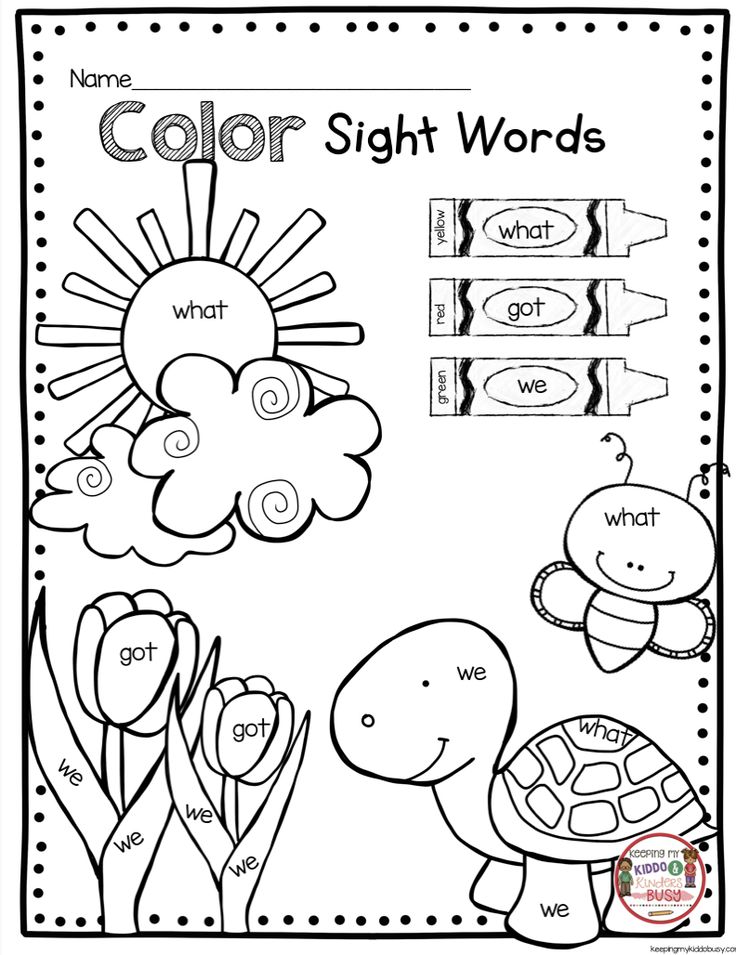
I created these phonics readers to use with my own kindergartener at home. Although they focus on specific word families and phonics patterns, the resource also introduces two new sight words per word family. Sight words are learned and read along with the phonics patterns.
What activities do you use to teach sight words in your classroom? I’d love to hear about them in the comments below!
Are you interested in additional blog posts about teaching early reading? Here are a few more!
Fun Sight Word Activities for Kindergarten
Featured | Reading | Sight Words
When learning sight words, repetition is the key to fluency. We want our students to be able to read smoothly, without a lot of pauses. Since sight words make up majority of text we read and write, these little words are a big part of reading success.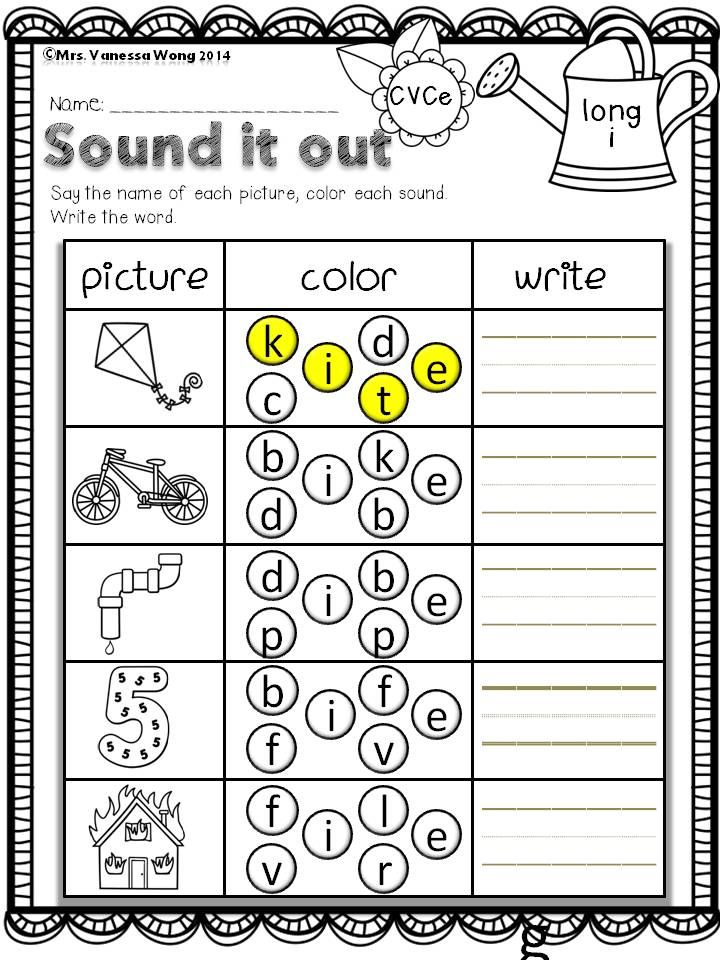 Planning fun sight word activities is also uber-important.
Planning fun sight word activities is also uber-important.
Sight words, in most cases, are words that can’t be sounded out, they need to be memorized. Continuous practice will help readers learn and remember the sight words so that they become second nature.
The trick is to keep the sight word activities fun and fresh so that students are excited about learning, rather than it being a chore. Any kid (and teacher) will tell you learning with plain flashcards is not going to cut it. The activities need to be hands-on.
So, today I wanted to share fun sight word activities that are easy to prep and engaging for students – and are WAY more fun than just memorizing from flashcards!
Plus an EDITABLE sight word freebie that will help you monitor and track student progress.This article, along with many other articles on The Printable Princess, contains Amazon affiliate links. If you purchase through the links I earn a small commission. Clicking these links does not cost you any extra but helps this website to keep great articles and freebies coming your way.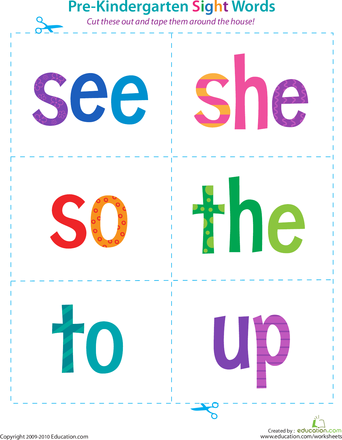
Rubber Stamps
Rubber stamps make for some fun sight word activities. Rather than re-inventing the wheel, I am all about repurposing things to create a new activity. So, with that in mind, these stamps can be used two ways. You can grab some stamps and stamp pads and have students stamp their sight words in a notebook or on a piece of paper.
Another alternative is to have students use stamps to press the letters into play dough. Students flatten out the dough and press in the stamps to leave the letter impression in the dough. This is a great way to help strengthen fine motor skills too!
I like to have a separate set of stamps that are just for play dough. It helps keep this activity and the play dough cleaner, otherwise the ink from the stamp pad rubs off into the play dough.
If you’re looking for an easy and versatile sight word activity, check out this Know and Show Sight Word kit. Students can stamp their sight words right on the mat.
Best of all the little word cards are editable, so you can customize the sight word cards to fit your class list.
Word Building Letter Cubes
Students love to use linking cubes for math, so why not use them for literacy activities too? Word building letter cubes are a fun way for students to have hands-on practice physically putting the letters together, in order, to spell sight words. I love that, just like magnetic letters, they have one color for vowels and a different color for consonants.
If you don’t have word building cubes, you can make your own using old math cubes. Just take a sharpie and write letters on the sides. Take care to make sure all of the cubes are facing the same direction so that they link together.
Mini Eraser Words
Easy to prep and fun sight word activities are the best. For this one you’ll need sight word cards or flash cards and mini erasers. If you don’t have flash cards you can create some using index cards. Students read the sight word on the card and use the mini erasers to form the word.
Letter Beads
The letter beads pictured below came from Lakeshore.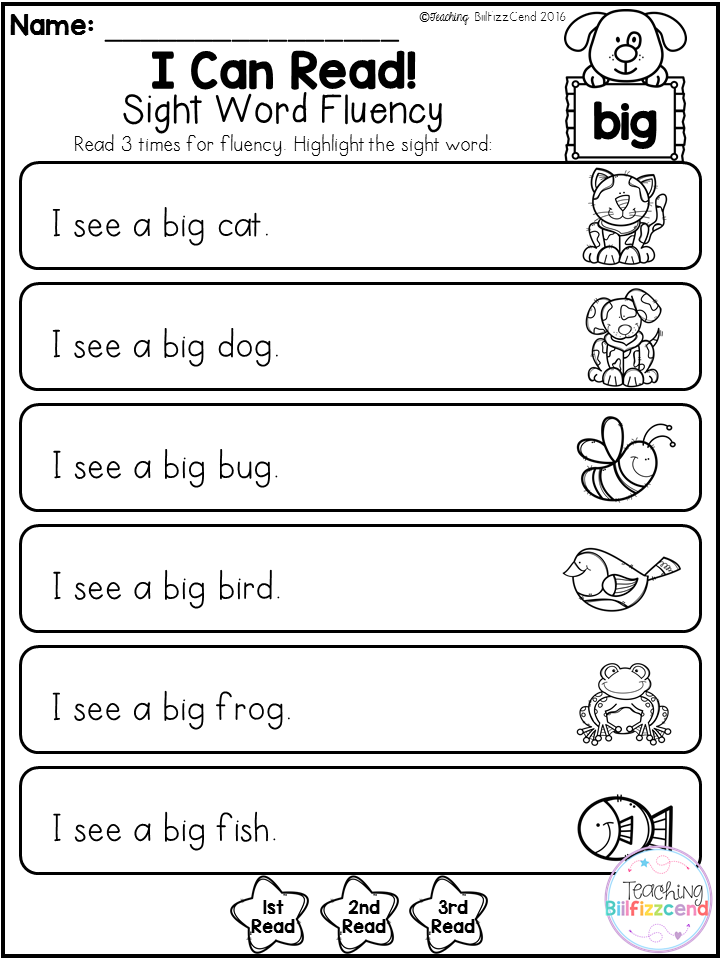 They are one of my favorites for building sight words! But if you’re like me and love the convenience of Amazon, you can find a similar set lacing letters set on the ‘Zon.
They are one of my favorites for building sight words! But if you’re like me and love the convenience of Amazon, you can find a similar set lacing letters set on the ‘Zon.
Just like with the letter cubes I mentioned above, these beads provide students with a tactile way to put the letters together as students string the sight word together. The strings that came with the beads were kind long, so I just used pipe cleaners.
The activity pictured also comes from the Know and Show Sight Word kit. This picture shows the mat which prompts students to build the sight word using two types of manipulatives. Students can use magnetic letters on top and letter beads on the bottom. Or letter beads on the top and a dry erase marker on the bottom. It’s pretty flexible!
Shaving Cream Activities
I think it’s a kindergarten rite of passage to use shaving cream. It’s a tool I used every year in my classroom. Whether it was practicing letters, numbers, names, or sight words – seeing that can brought smiles to every little face! Plus it makes the room smell amazing.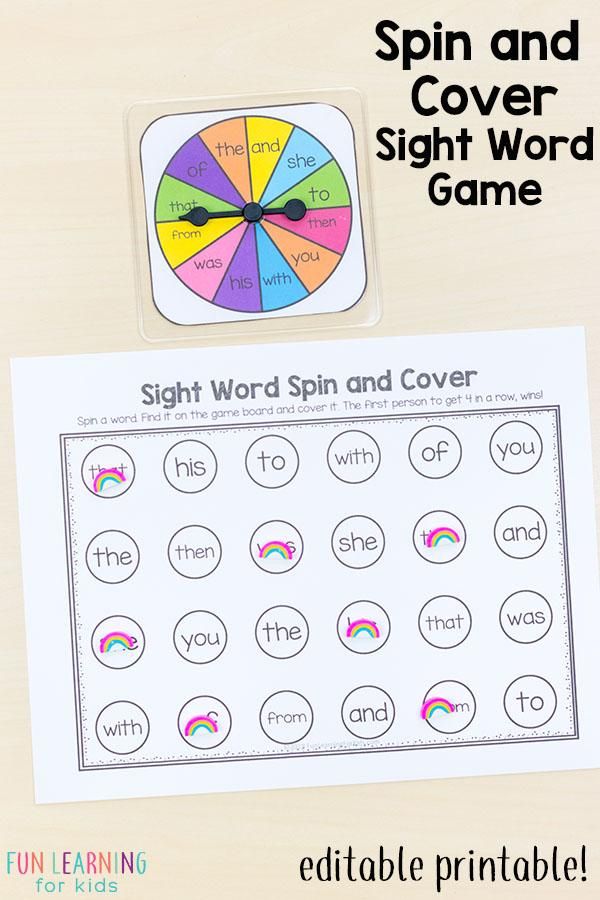
Shaving cream works great for a whole group activity. Give each student a small squirt and have them spread it to create a thin layer in front of them. If your students have a hard time with personal space, plastic plates from the dollar store as a work space.
Call out a sight word and have students use their finger to write the word. Quickly circulate the room to check for accuracy. For a challenge, you can mix-up a sight word and write it on the board. Have students unscramble the word and write it correctly in the shaving cream.
Magazines Sight Word Hunt
Magazines are another way to practice sight words and sneak in fine motor skills. You can have students look through magazines to find sight words. They can cut those sight words out and glue them on a paper. Or you can give students a list of sight words and have students cut out individual letters to spell the sight words.
Be sure to preview the magazines first and remove any advertisements that may not be suitable for little eyes.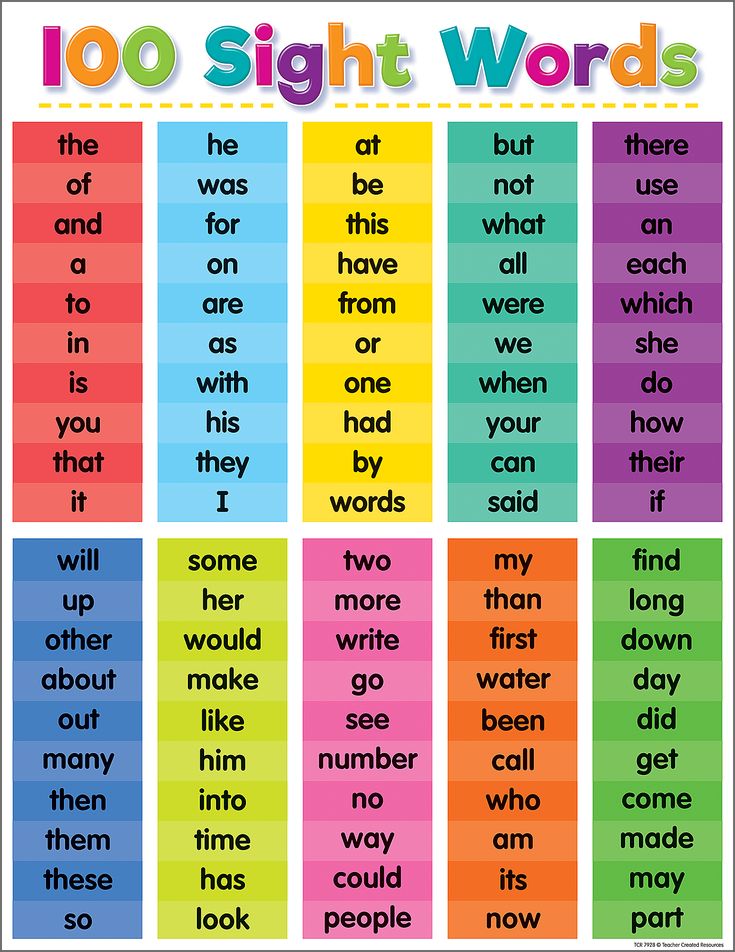
Highlighters
Want to get kindergartners excited about learning sight words? Hand them over some highlighters! These magical little writing utensils are a great way to get kids looking for and recognizing sight words in text.
Simply provide students with magazines (again preview them first!) and have students look through the text to highlight the sight words that they find. You can also rip out the pages and give students just the pages.
If you’re not wanting to use magazines, Find the Word: Sight Word Worksheets Bundle is a great alternative. Just print and use highlighters or bingo dabbers to identify the sight words on the page. You can add some fun finger pointers for an extra special touch.
Wikki Stix or Yarn
If you’re not familiar with Wikki Stix, they are these really neat yarn-like sticks that students can bend and mainpulate to form objects, letters, and numbers. They are re-usable and there is no prep required. Unlike yarn, the sticks already come pre-cut and ready to use.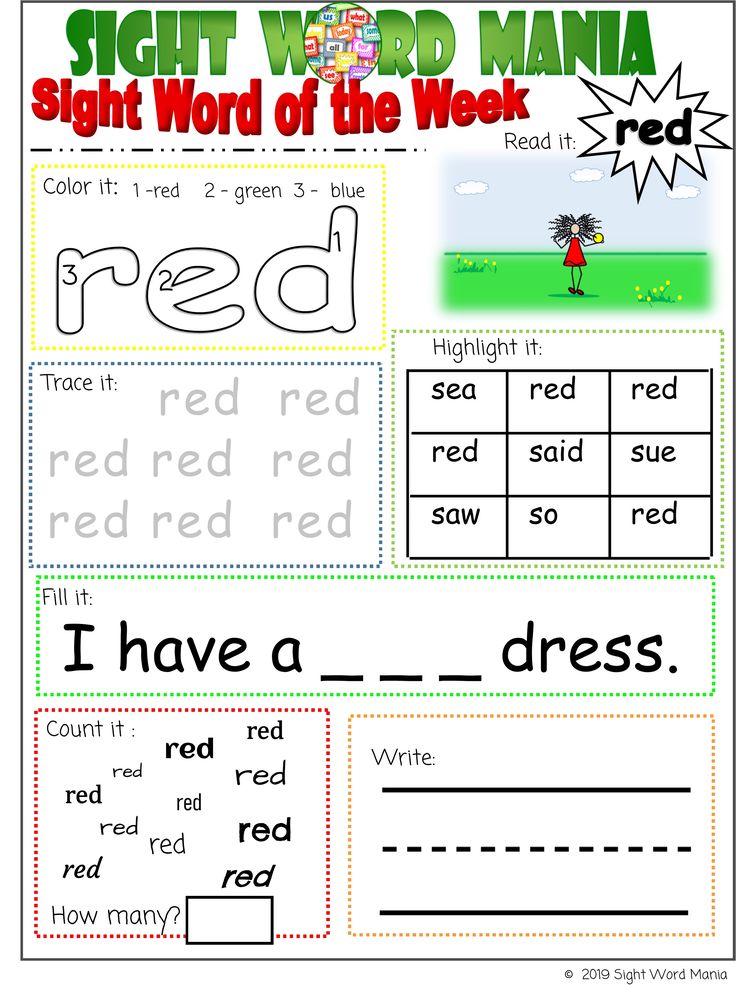
Supply students with a list of sight words and have them form each letter in the word to spell the sight words.
A great inexpensive alternative is yarn. You can cut yarn into long strips and have student form the letters in the words.
Magnetic Letter Activities
I absolutely love these giant magnetic letters. They are much bigger than traditional magnetic letters, which means they are great for little hands. Another easy center idea is to have students use these large magnetic letters to build sight words on the board. Students think it is an extra treat when they get to work at your teacher easel.
Add in some fun pointers for students to read the sight words after they’ve built the words.
Sight Word Games
Learning to interact, get along, and problem solve is an important part of the early primary classroom. Incorporating games is a great way to not only develop strategic thinking, it also help students learn to problem solve.
Memory Matching Sight Word:Create this game by writing sight words on index cards.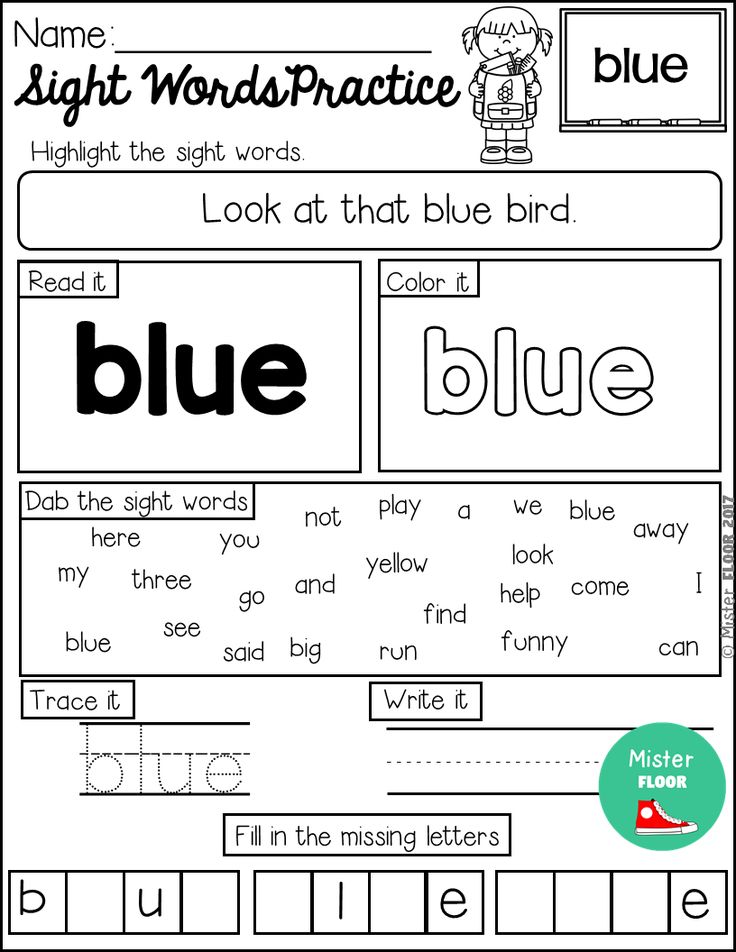 Be sure the words can’t be seen through the index cards. You can also use foam cut-outs and a sharpie to write the words on. You’ll need two cards for each sight word. Students lay the sight word cards face down and take turns selecting two cards to try and make a match.
Be sure the words can’t be seen through the index cards. You can also use foam cut-outs and a sharpie to write the words on. You’ll need two cards for each sight word. Students lay the sight word cards face down and take turns selecting two cards to try and make a match.
Students play with a partner. They will need a set of sight word cards. Player 1 will select three sight word cards, read them, and lay the cards in front of them and then close their eyes. Then player 2 will remove one of the sight word cards. Finally, player 1 will open their eyes and determine which sight word is missing. Students will switch rolls and continue to pla
Tic-Tac-Toe:This is a twist on the traditional Tic-Tac-Toe game using sight words. To play, instead of choosing X or O, each student choose a sight word. They use the same rules as the traditional game, but instead of writing X or O they write the sight word they selected at the beginning of the game.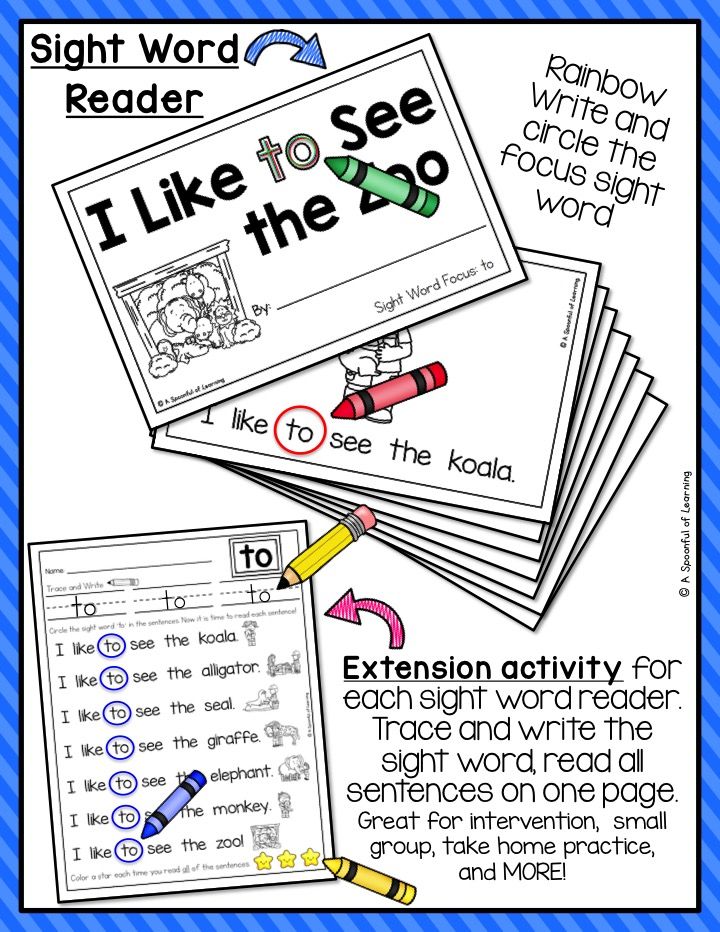 Each time they write the word, they have to read it too. The first person to get three words in a row is the winner!
Each time they write the word, they have to read it too. The first person to get three words in a row is the winner!
This game is editable so you can add your own sight words. Students start on the first space in the upper left corner of the game board. They spin the spinner and identify the sight word they spun. They identify the sight words on the trail and move their game piece to the nearest sight word that corresponds to the one that they spun. The gray shaded themed spaces are free spaces.
The first player to make it all the way around to the last space on the game board is the winner. To win the game, the player must spin the final word shown in the last space on the game board.
Whiteboards
Kids love writing with different tools. Switching out writing utensils is an easy way to keep things fresh. You can begin by giving students a whiteboard and dry erase marker to write their words. Switch up the activity by adding a different color marker.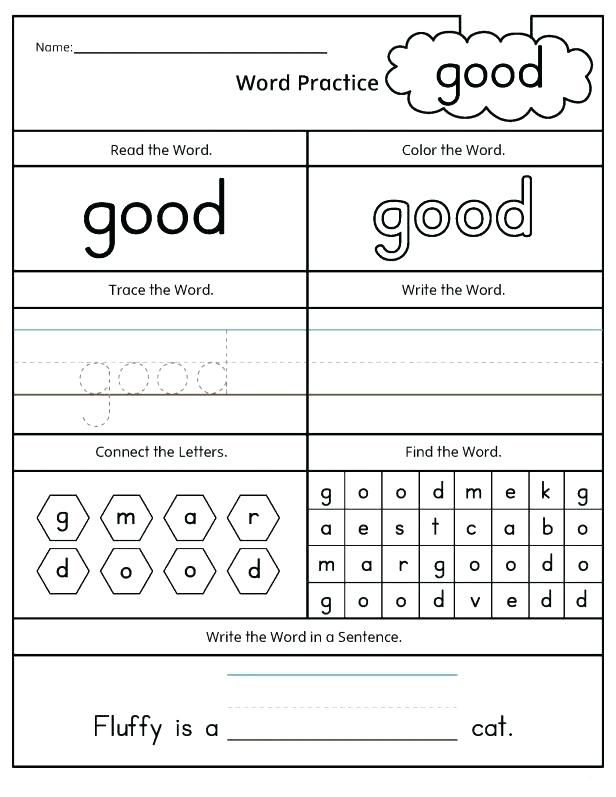 You can have students write vowels in one color and consonants in another.
You can have students write vowels in one color and consonants in another.
Students can use a dry erase marker to pyramid write their sight words on the whiteboard. If you’re not sure what that looks like, scroll down just a bit on this post. On the freebie picture I’ve written the word “with” as a pyramid on the whiteboard.
Pre-Made Activities
Let’s face it. Sometimes we just need something pre-made. Maybe we don’t have the time or energy to create our own. You can find pre-made sight word activities in my TpT shop. From cookie word building and gum word building to secret codes – you’ll find a growing variety of fun sight word activities that are easy to prep and super engaging for students.
Sight Word Freebie
I’ve put together a freebie that you can use to assess your students and keep track of their sight word development.
You can take a peek at the picture below to see an example of pyramid writing on the dry erase board. Once students have completed their pyramid, I have them write the word one more time and then underline it as they say the word.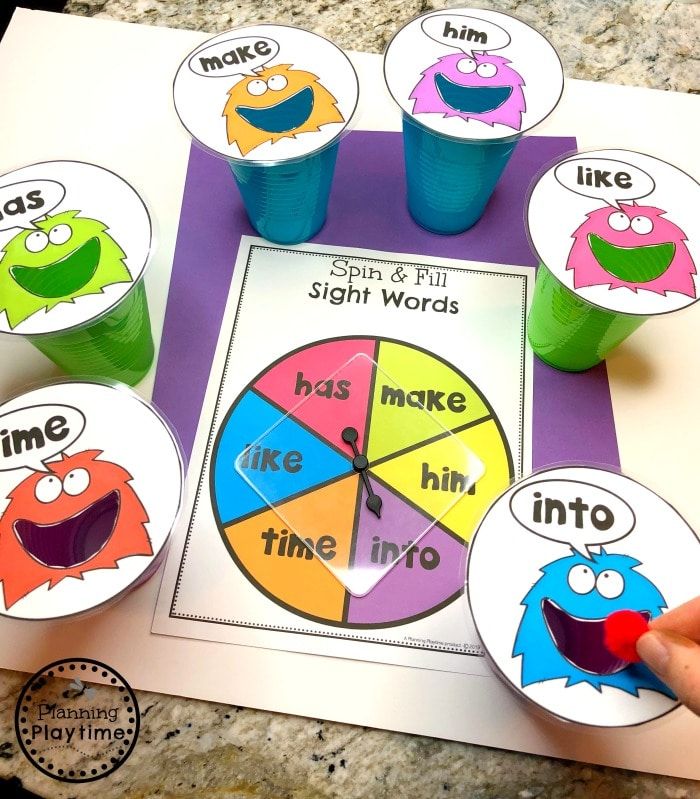
The sight word cards and check-up list are editable, so you can type in your own words and make this activity fit your classroom.
If you’re looking for more DIY hand-on sight word activities for Kindergarten click here to read more.
Post Tags: #Freebies#literacy centers#sight words
Similar Posts
Funny games for kids - Kindergarten and child
The article provides a description of more than 30 funny games for kids. The author is a methodologist Natalia PRISHCHEPENOK.
Funny game for children MORE WORDS
Purpose: development of figurative and associative thinking; vocabulary replenishment.
Participants: two teams.
Task: to the given word, think of as many words related to this concept as possible. The team that comes up with the most correct words wins. nine0003
For example, the words "forest" and "field" are given.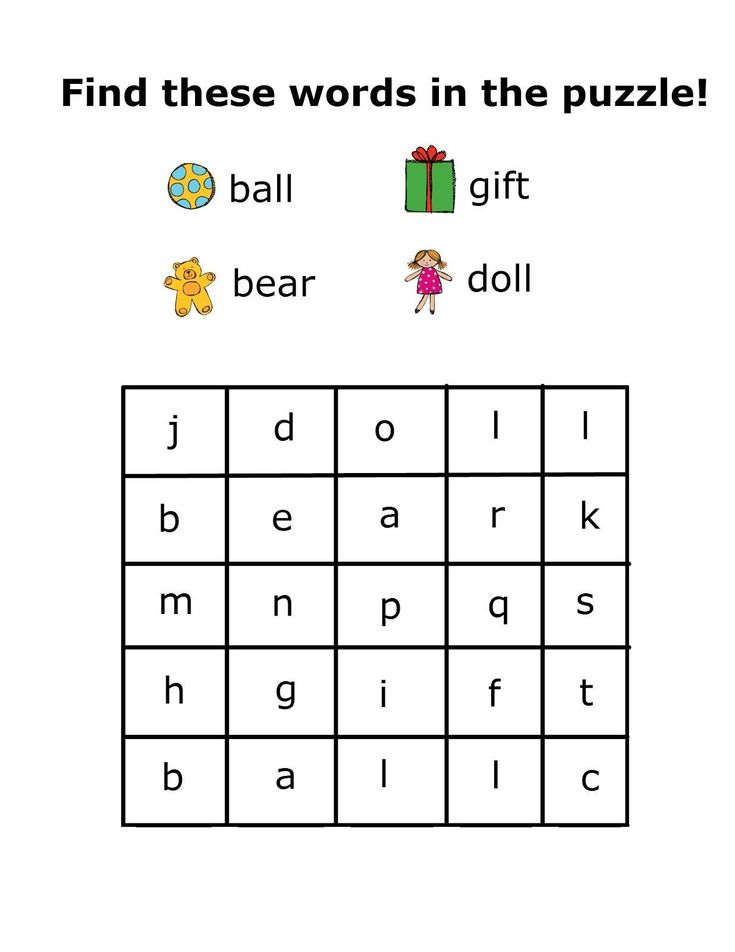
Corresponding association words
- Forest: forester, trees, glade, mushrooms, mushroom pickers, berries, grass.
- Field: grass, strawberries, cows, shepherd, tractor, arable land, etc.
The teacher can prepare in advance cards with images corresponding to the given concepts. In this case, children can choose among the different images they need and voice the name of what is drawn in the picture. nine0003
Funny game for children UNUSUAL RELAY
Purpose: development of coordination.
Participants: two teams.
Task: complete the relay distance in some unusual way.
For example: back to front, left side forward with side steps, right side forward with side steps, back to front together, holding a book on his head, closing his left eye, closing his right eye, on all fours, jumping in huge jumps, squatting, moving as if on skis, moving as if on skates, in flippers, in very large felt boots, with a huge soft toy in their hands, with gymnastic sticks in their hands, which represent ski sticks.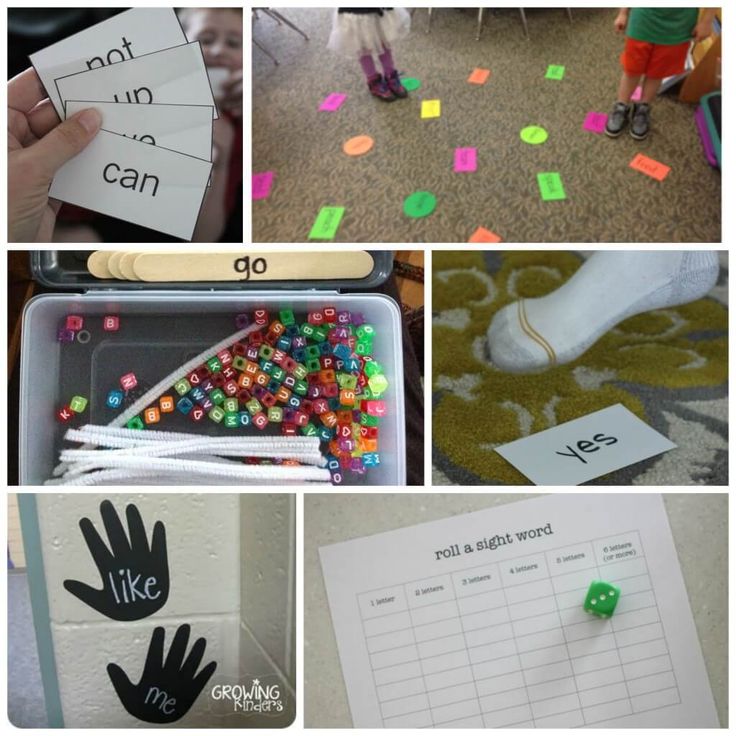 nine0008
nine0008
The main thing is to explain to children correctly and in detail each mode of transportation.
Funny game for children POETRY COUNT
Purpose: development of attention, thinking; strengthening the ability to count.
Task: Read famous nursery rhymes while counting.
For example, in this way:
Ours - one, Tanya - two, loudly - three, crying - four!
Dropped - five, into the river - six, the ball - seven. nine0008
Hush - eight, Tanechka - nine, don't cry - ten,
Don't drown - eleven, in the river - twelve, the ball - thirteen!
Before reading and counting, the teacher with the children repeats separately - a poem, separately - an account.
You can read both individually and in chorus, in teams, and in turn, one word and one number.
For this game, you can use other short poems, in particular, A. Barto from the cycle "Toys", A.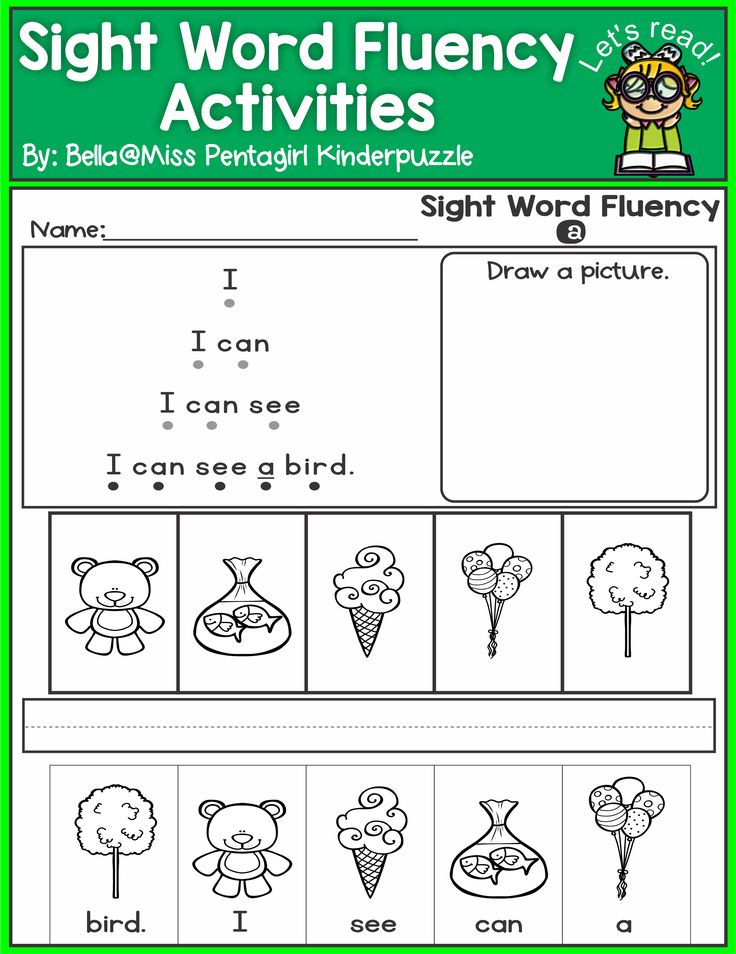 Usachev and other authors known to children. nine0003
Usachev and other authors known to children. nine0003
Funny game for children CHANGE OF NUMBERS
Purpose: development of attention, speed of reaction, consolidation of knowledge of numbers.
Task: have time to take a seat.
All children stand in a circle so that their shoulders touch each other. The driver stands in the center of the circle. All are calculated in numerical order. The driver has number 0. The driver announces which numbers are changing places, and while they are changing, he tries to quickly take one of the vacant places. If he succeeds, he takes the number of the one who did not have time to take a seat, and he becomes the leader with the number 0.
Funny game for children MOUSE WITHOUT MINK
Purpose: development of speed of reaction, coordination.
Task: run away from the cat.
Participants stand in pairs facing each other, hold hands and raise them at shoulder level or above their heads, forming a “mink”.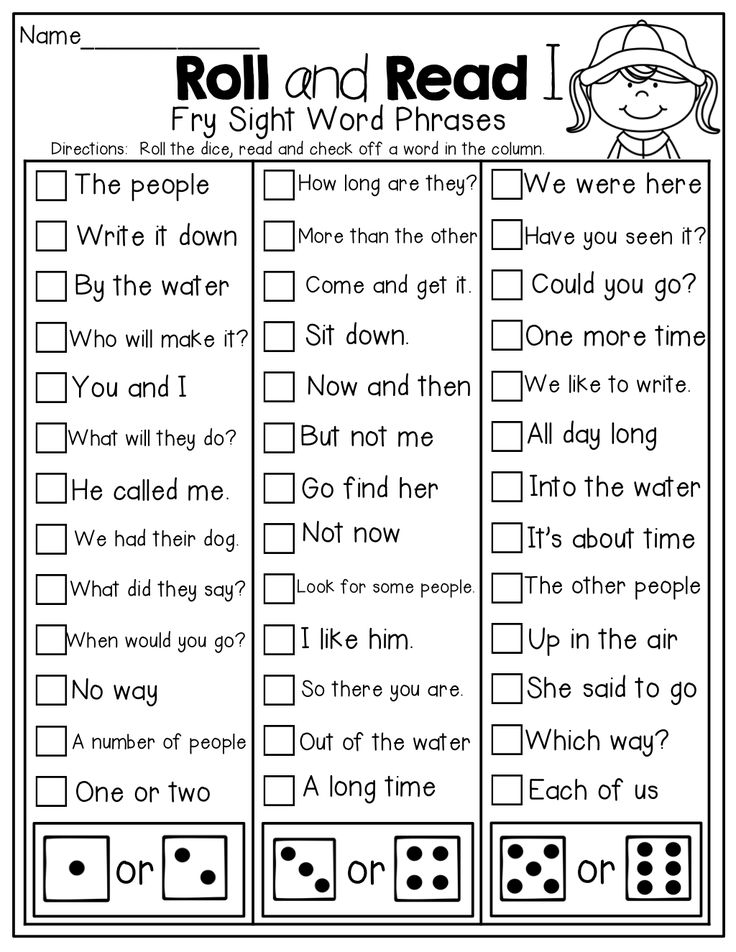 Two drivers are selected - Mouse and Cat (Cat). The mouse runs away from the cat, she can run into the hole. The one to whom the Mouse turned out to face in the mink becomes the Mouse and must leave the mink, running away from the Cat. If the Cat catches the Mouse, they switch roles. nine0003
Two drivers are selected - Mouse and Cat (Cat). The mouse runs away from the cat, she can run into the hole. The one to whom the Mouse turned out to face in the mink becomes the Mouse and must leave the mink, running away from the Cat. If the Cat catches the Mouse, they switch roles. nine0003
Funny game for children SHORE AND Stream
Purpose: development of reaction speed, dexterity, coordination.
Task: correctly jump into the stream or onto the bank.
If the game is played indoors, on the floor, two ropes are laid out in parallel at a distance of one meter from each other. If the game takes place on the street, two parallel lines are drawn. It will be a stream and banks.
All children stand at the beginning of this fun game on the banks. At the command of the host "Stream!" children jump into the stream. At the command "Shore" - they jump ashore. The host gives commands very quickly and randomly. Those who make mistakes are out of the game. The most attentive player who never makes a mistake wins. nine0003
The most attentive player who never makes a mistake wins. nine0003
Funny game for children SUN, MOON, PLANETS AND COMET
Purpose: development of reaction speed, dexterity, coordination.
Task: perform actions correctly.
All children stand in groups of three, holding hands. Between themselves, they agree on who will be the Sun, who will be the Moon, and who will be the planet.
One of the children is a comet. He is on the playing field alone. The leader loudly calls the Sun, the Moon or the planets, or says two names at once. Those whom he named should change places and again stand in threes. The comet at this time is trying to get up to someone in a circle. You can't kick out the Comet. The one who did not have enough space becomes the new Comet and the game continues again. The leader can change not one person, but two, and all at once. nine0003
Funny game for children FOREHEAD, CHEEK, KNEES
Purpose: development of speed of reaction, attention, coordination, listening skills.
Task: perform the task correctly.
You can play both standing in a circle and sitting at a table. The host calls and at the same time points to his forehead, cheek and knees. Children should do what he said. The facilitator can confuse children by saying one thing and pointing to another. Children shouldn't make mistakes. The one who makes a mistake is out of the game. nine0003
Funny game for children DANCE MARATHON
Purpose: development of artistic abilities, sense of rhythm, plasticity.
Task: dance according to the leader's wishes.
The teacher plays a cheerful rhythmic melody, the children begin to dance, and the teacher tells them in what way they should dance.
For example: imitating the movements of monkeys; using skittles in the dance; copying the movements of a football player; like primitive hunters; depicting a boiling kettle; imitating the movements of a weightlifter; portraying penguins; squatting down; standing on one leg; depicting an airplane; imitating the movements of a skier; pretending to be a butterfly; imitating the gait and habits of a bear; pretending to be a fan; as if in a dream; depicting the movements of a marathon runner.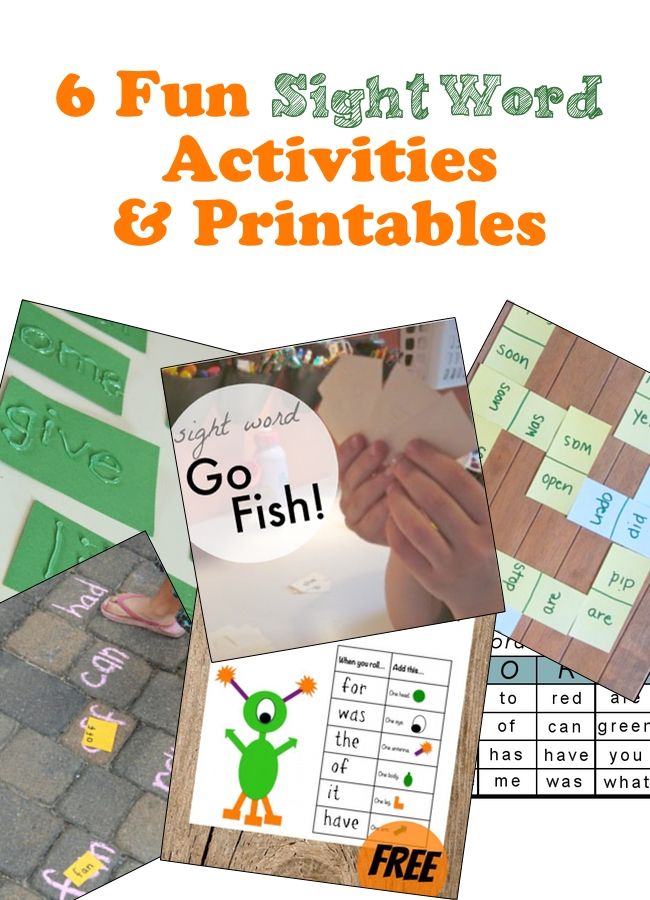 nine0008
nine0008
Funny game for children FUN QUESTIONS
Purpose: development of the ability to think outside the box; updating the experience and knowledge of children.
Participants: individuals and teams.
Task: Answer the presenter's questions correctly.
The teacher asks questions, the children answer. The first person to answer the most questions correctly wins. For each correct answer to the question, the answerer can be given a token. nine0003
Questions
1. Why did the Wolf eat Grandmother in the fairy tale “Little Red Riding Hood”, but not in “Well, wait a minute”? (Answer: because there is no Grandmother in "Just you wait").
2. How many fingers are on two hands? What about ten hands? (Answer: 10 and 50)
3. How many eyes do two dogs have? What about two octopuses? (Answer: 4 and 4).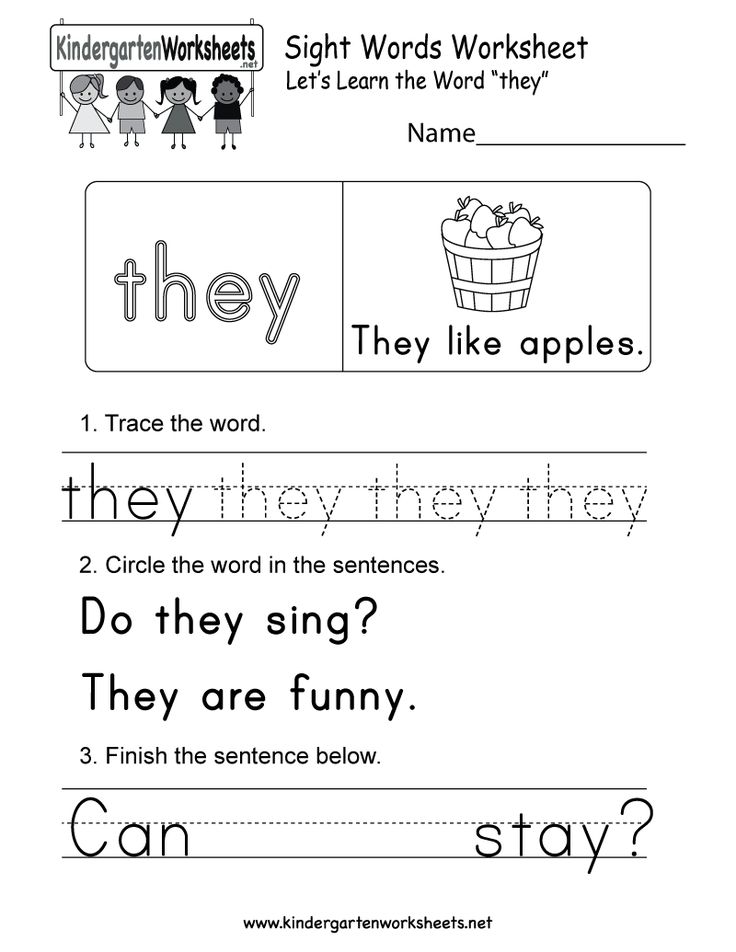
4. Boil one egg for 5 minutes. How many minutes will five eggs boil? nine0008 (Answer: 5 minutes).
5. Three horses galloped 3 kilometers. How many kilometers did each horse ride? (Answer: three kilometers).
6. What tastes better: 2 teaspoons of sugar or 4 tablespoons? (Answer: the same. The taste does not depend on the volume or quantity).
7. The houses on the street are numbered from 1 to 22. How many times does the number 2 appear in the numbers? (Answer: 6 times).
Funny game for children REALIZED PICTURE
Purpose: development of attention, acting skills, empathy.
Participants: two teams.
Task: to represent from the team members the plot of a picture prepared and given to the teams by the educator. Image accuracy is evaluated.
A more complicated version of the game - the picture can be animated and convey what the characters depicted on it say.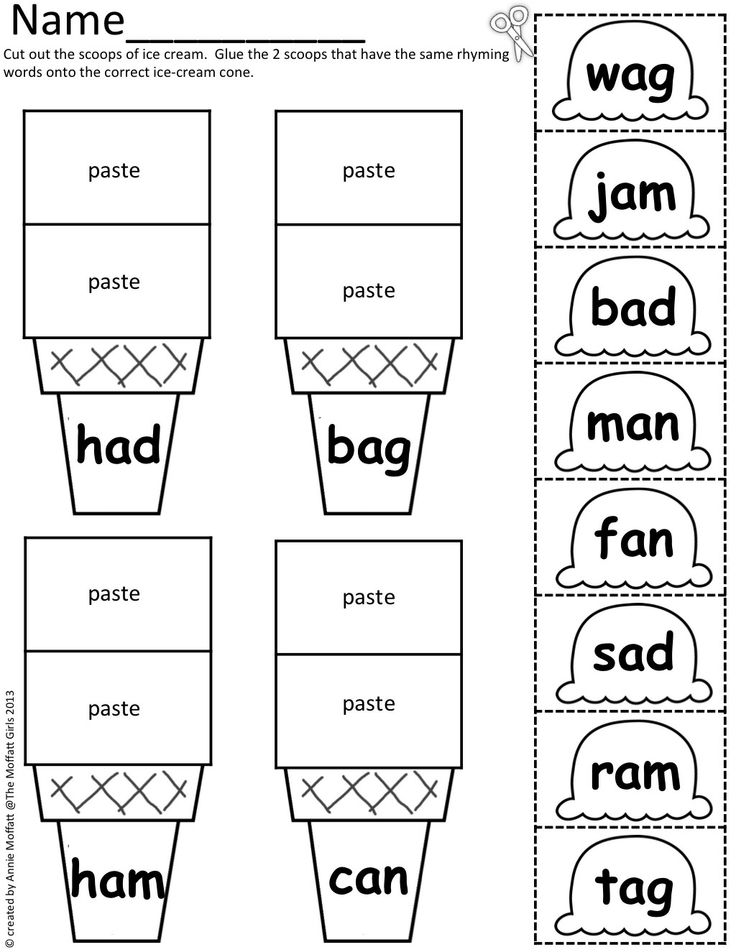 You can also invite the children to come up with what happened to the characters in the picture before the moment that is shown in it, and what will happen after. nine0003
You can also invite the children to come up with what happened to the characters in the picture before the moment that is shown in it, and what will happen after. nine0003
Funny game for kids ONE, TWO, THREE - GO RIGHT!
Purpose: development of speed of reaction, coordination.
Task: correctly match actions with words.
All children walk in a circle, and the leader - a teacher or a child - counts. If he says: “One!”, everyone goes in the same direction as they went. If he says: "Two!" everyone should turn around and walk in the opposite direction. If - "Three!", Start moving in jumps. Whoever makes a mistake is out of the game. nine0003
Funny game for children ATTENTION!
Purpose: development of attention, speed of reaction, coordination, ability to listen to the task.
Task: correctly match actions with words.
All players line up. The leader - a teacher or a child - gives all the children a task. You can complete the task only if, before voicing the task, the leader says: “Attention!”. If this word is not present, the task is not necessary to perform. Those who make a mistake are out of the game. You can play with two teams. In this case, the team that has more attentive players by the end of the game wins. nine0003
You can complete the task only if, before voicing the task, the leader says: “Attention!”. If this word is not present, the task is not necessary to perform. Those who make a mistake are out of the game. You can play with two teams. In this case, the team that has more attentive players by the end of the game wins. nine0003
Sample tasks: Attention! Hands to the side! Hands up! Attention! Let's bounce! Etc.
Funny game for children MAGIC WAND
Purpose: development of creative abilities, acting skills, attention, coordination.
Task: , taking an ordinary wand in turn, turn it into some object and perform actions corresponding to this object with it. All other participants in the game must guess what kind of item was shown. nine0003
Funny game for children UNUSUAL ALPHABET
Purpose: development of creative abilities, non-standard thinking; consolidation of knowledge of letters, properties of various materials.
Participants: individuals and teams.
Task: fold the letters of the Russian alphabet from improvised materials. You can also add numbers from unusual materials.
Fun game for kids0006 Purpose:
development of non-standard thinking, attention; vocabulary replenishment.Task: name the word that the presenter said "back to front". You need to start with simple words: cat, dream, forest. Then you can gradually complicate the game.
A variant of the game is to ask children to find and say words that are read the same way both forward and backward. In this way, you can introduce children to the concept of a palindrome.
Funny game for children CONTINUE THE WORD
Purpose: development of thinking, attention; vocabulary replenishment.
Task: continue the word, the beginning of which was said by the presenter.
For example: steam… (…move,…carry), self… (…flight,…stall), tele… (…visor,…background), colo… (…juice,…knock), transfer… (…gate , .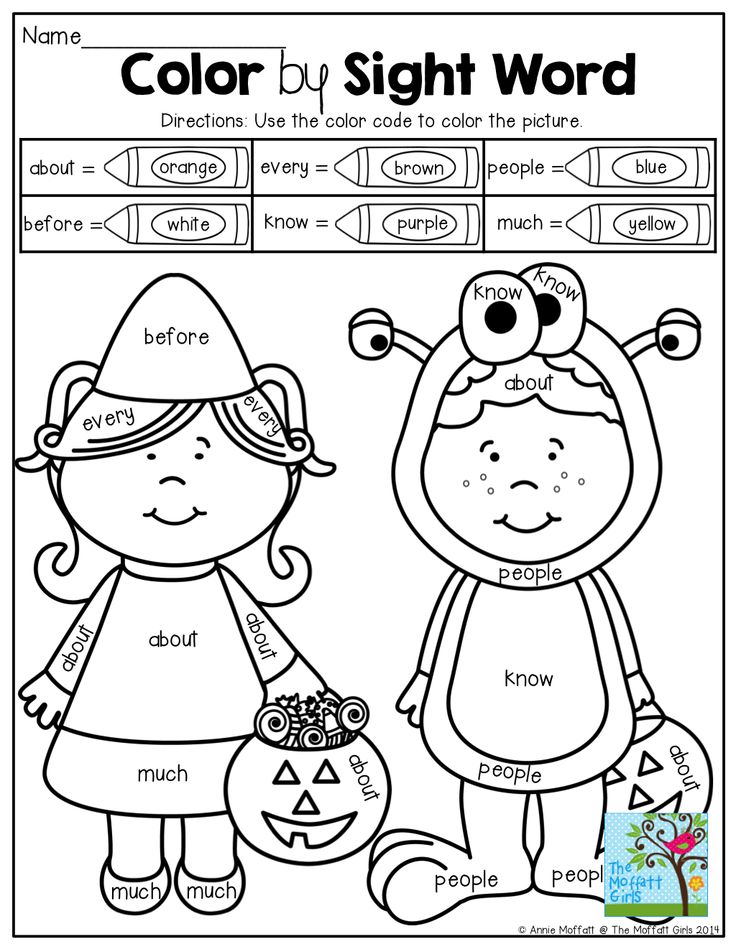 .. pinwheel, ... nose, ... move), auto ... (... sink, ... beads), electric ... (... fireplace, ... garland, ... pump), great ... (... grandfather, ... grandmother), from ... (... screw, ... kaz, ... start, ... wind), kara ... (... ndash, ... s, ... belly), short ... (... bka, ... on, ... va), voro ... (... tnik, ... that, ... nka, ... on , ... beat), shu ... (... ba, ... m, ... tka), but ... (... whose, ... that, ... ha, ... juice, ... l), glue ... (... ver, ... th, ... yonka, ... tka). nine0008
.. pinwheel, ... nose, ... move), auto ... (... sink, ... beads), electric ... (... fireplace, ... garland, ... pump), great ... (... grandfather, ... grandmother), from ... (... screw, ... kaz, ... start, ... wind), kara ... (... ndash, ... s, ... belly), short ... (... bka, ... on, ... va), voro ... (... tnik, ... that, ... nka, ... on , ... beat), shu ... (... ba, ... m, ... tka), but ... (... whose, ... that, ... ha, ... juice, ... l), glue ... (... ver, ... th, ... yonka, ... tka). nine0008
You can also play in teams. In this case, the beginning of the word comes up and says one team, the second - continues it. Then the teams change.
Funny game for children BALLS WITH NUMBERS
Purpose: development of thinking, attention, oral counting skills.
Task: solve an example. All players stand in a circle. The teacher throws the ball to one of the players, saying a simple addition or subtraction action. The one who got the ball in his hands gives an answer and sets the following example by throwing the ball to another player.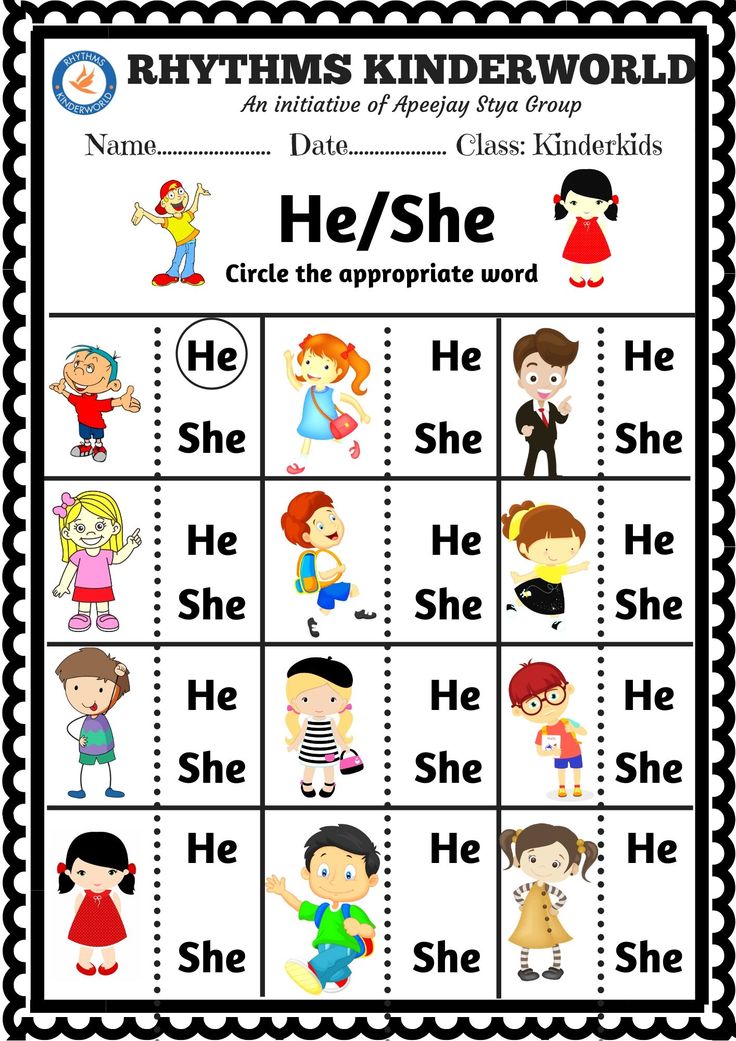 nine0003
nine0003
The second version of this fun game: the teacher calls a number or a number and throws the ball. The person who catches the ball must name the number or number one less. Called numbers and numbers should not go one after another.
Funny game for children BALLS WITH LETTERS
Purpose: development of thinking, attention; vocabulary replenishment.
Task: find the word.
All players stand in a circle. The teacher throws the ball to one of the players, pronouncing any letter of the Russian alphabet. The child who caught the ball must say a word (noun) that begins with this letter and throw the ball to the next player, calling another letter. nine0003
A complicated version of this fun game: the one who named the word throws the ball to another player with the question: “What is he doing?” or "What?". The one who catches the ball answers the question and throws the ball to the next player, naming a new letter.
For example: P - bird - flies, T - TV - shows, C - sun - shines.
Funny game for children BALLS WITH PROFESSIONS
Purpose: development of thinking, attention; vocabulary replenishment.
Task: identify what a person does.
All players stand in a circle. The teacher throws the ball to one of the players, calling any profession. The one who caught the ball must say a verb denoting an action suitable for this profession, and, in turn, throws the ball to the next player, naming a new profession.
For example:
1 player: Pilot
2 player: Flies. Seller
3 player: Sells. Teacher, etc.
Funny game for children FABULOUS POUCH
Purpose: development of thinking, attention; vocabulary replenishment.
Task: come up with a fairy tale.
All players sit in a circle. The teacher starts a fairy tale by taking an item out of the bag. Then he passes the Fairy Pouch to the next player. He, in turn, takes out an object from the bag and continues to tell the tale. Everyone can add one suggestion. If it is difficult for children to begin to compose an interesting story, you can invite them to answer the questions: “Who? With whom? Where to? Why?". nine0003
The teacher starts a fairy tale by taking an item out of the bag. Then he passes the Fairy Pouch to the next player. He, in turn, takes out an object from the bag and continues to tell the tale. Everyone can add one suggestion. If it is difficult for children to begin to compose an interesting story, you can invite them to answer the questions: “Who? With whom? Where to? Why?". nine0003
The items in the Fairy Bag can be very different: small toys (for example, from kinder surprises or made from plastisol), pocket calendars, stationery, plastic teaspoons, key chains, cubes.
The teacher helps the children during the game, asks them leading questions, helps to make the story interesting.
You can first tell the children about the "Animation of Objects" technique, proposed by the Italian storyteller Gianni Rodari to children whom he taught to compose fairy tales. nine0003
NOTE. Magic bags at low prices in the specialized store "Kindergarten" - detsad-shop. ru.
ru.
Funny game for children I GIVE YOU
Purpose: development of creative, acting abilities of children; activation of life experience.
Participants: two teams.
Task: depict an object.
In turn, each team draws an object that it will give to the other team. The team that was given a gift must guess what they were given. nine0003
As an option, it is possible to determine in advance on which holiday the gift will be given, thus making a closer connection between the game and the life and experience of children.
Funny game for children LEARN BY PARTS
Purpose: development of mental abilities, ability to classify; activation of life experience.
Participants: two teams.
Task: to learn in parts.
Screen required to play. The teams are on opposite sides of the screen.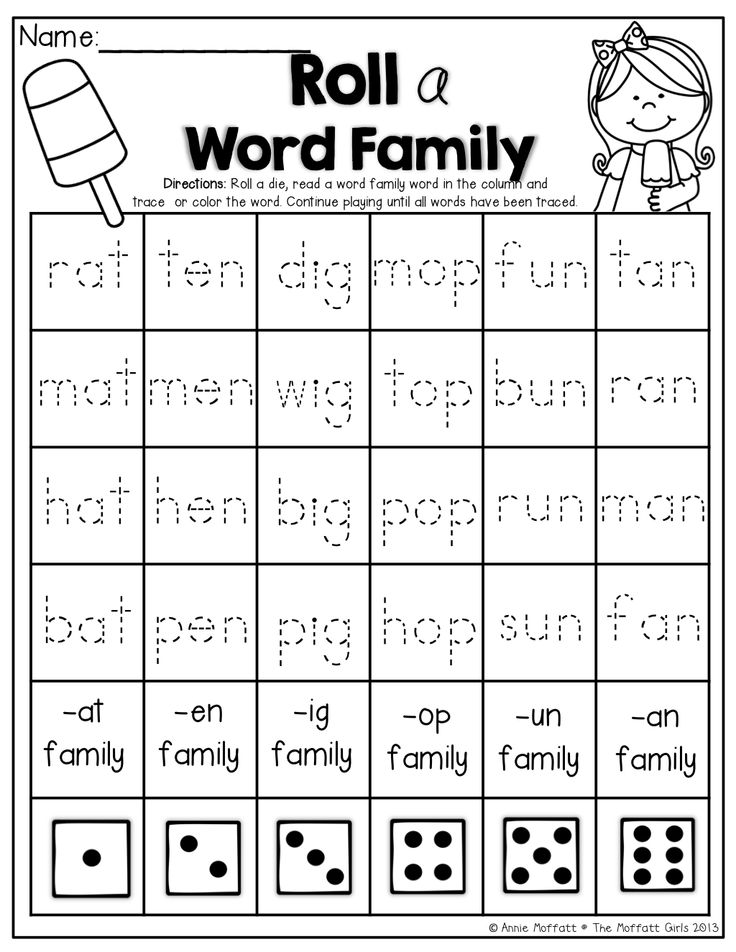 One of the teams from behind the screen shows some object in parts. For example, a doll. First, a piece of the dress is shown. If the team guessed what it was the first time, it gets five points. If there is no answer, for example, doll hair is shown. Then, if the object is still not guessed, the handle and leg of the doll. Thus, each time the team has the opportunity to earn one point less. Then the teams change. nine0003
One of the teams from behind the screen shows some object in parts. For example, a doll. First, a piece of the dress is shown. If the team guessed what it was the first time, it gets five points. If there is no answer, for example, doll hair is shown. Then, if the object is still not guessed, the handle and leg of the doll. Thus, each time the team has the opportunity to earn one point less. Then the teams change. nine0003
Items can be very different and unexpected, the main thing is to show them from more difficult to guess fragments to simpler ones.
Funny game for children DRAWING
Purpose: development of creativity, coordination, imagination.
Participants: two teams.
Task: guess what the participants from the other team “drawn”.
The players of each team take turns drawing different objects in the air with a brush or pencil. The opposing team guesses what their opponents drew. For each correctly guessed drawing, the guessing team is awarded a point. After that, the teams change. nine0003
For each correctly guessed drawing, the guessing team is awarded a point. After that, the teams change. nine0003
Funny game for children LETTER FROM…
Purpose: development of creative abilities, imagination; vocabulary replenishment; development of thinking.
Task: tell what kind of letter a toy could write to children.
Complicated version: a letter from some object or concept: weather, color, wood, table, pencil, paints, scarf, mittens, skates, skis.
Funny game for children POINT OF VIEW
Purpose: development of creative abilities, imagination; vocabulary replenishment; development of figurative and divergent thinking.
Task: describe an object from different points of view.
For example: car - from the point of view of father, mother, the road along which it goes; a cat that sleeps on or under it; rain that drips from above.
Kashu - from the point of view of the cook who cooks it; the child who eats it; pots in which porridge is boiled; plates into which it is poured; a person who is hungry; a well-fed person.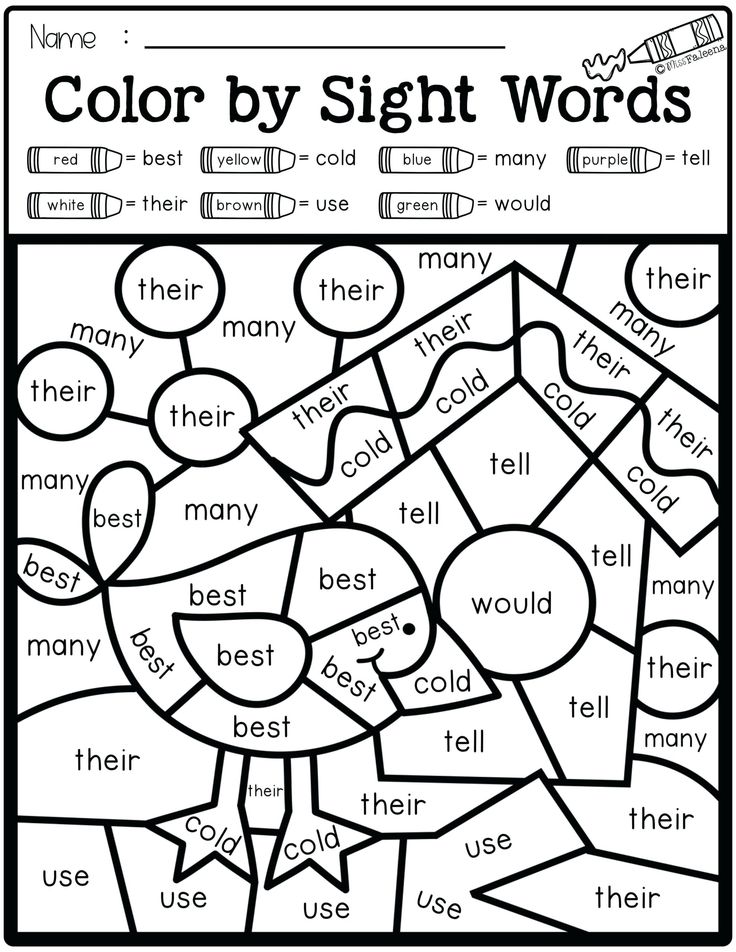 nine0008
nine0008
Funny game for children MATRYOSHKA WORD
Purpose: development of thinking, attention; vocabulary replenishment; strengthening the ability to read.
Participants: team.
Task: to find other words in the words written on the cards that seem to be "hidden" inside. For each word found, the team receives a point.
Examples of words: draw, deer, gingerbread man, aquarium, swallow, angle, heel, sand, cake, success, hammock, tip, peak, eight, vegetables, dragonfly, scarf, joke, screen. nine0008
Funny game for children WORD PICTURE
Purpose: development of creativity, imagination, empathy; vocabulary replenishment; development of figurative and divergent thinking.
Participants: individuals and teams.
Task: to convey in expanded sentences the concept, a short phrase that the presenter offers.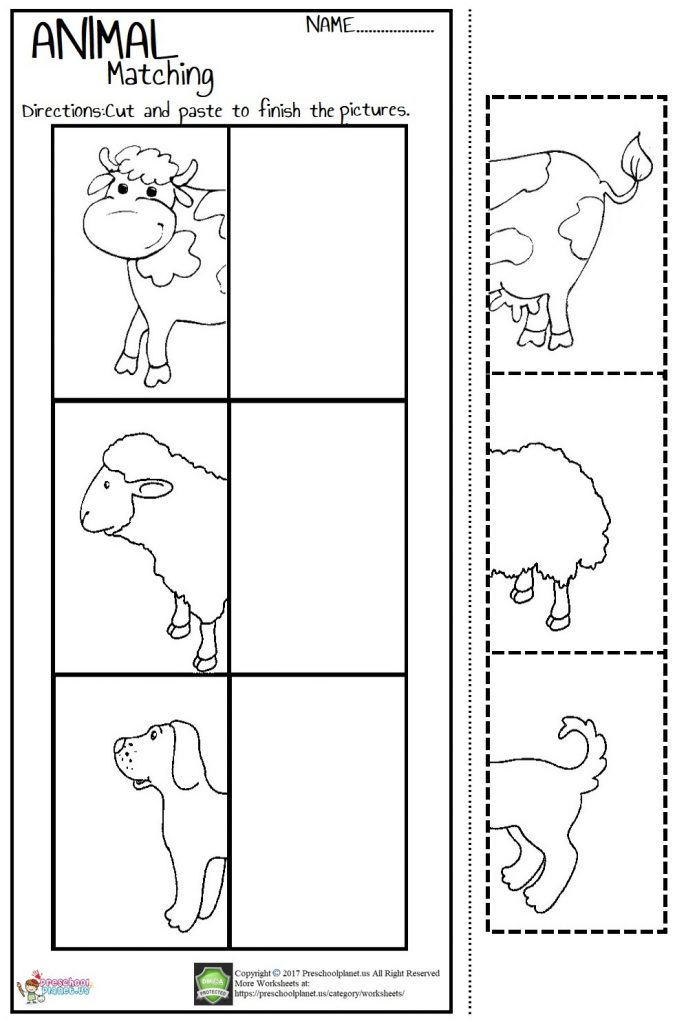
For example: He was delighted - He laughed, his eyes sparkled, he jumped for joy and began to jump and jump around the table, shouting loudly and joyfully. nine0008
Opposite task: Express in one word a colorful description of the manifestation of feelings that the facilitator offers.
For example: His brows furrowed, he slammed his fist on the table, threw the stool aside and shouted menacingly - He got angry.
Funny game for children АХ AND ОХ
Purpose: development of a sense of empathy, the ability to intotone.
Participants: two teams.
Task: to convey with interjections and intonationally emotional state, given by the moderator. One team performs the task, the second tries to determine the voiced emotion. nine0003
Funny game for kindergarten RHYMS
Purpose: development of creativity, imagination, empathy, vocabulary replenishment.
Task: come up with rhymes for the proposed words.
Before playing this fun game, the teacher tells the children that words that have the same last three or four letters are considered rhymes.
Examples of words for selecting rhymes: task, day, juice, friend, book, hungry, row, neighbor, pillow, night, fairy tale, kitten, spring, summer, puddle, knee, flower, dot. nine0008
Subsequently, mono with the children to play a fun game "Burime", inviting them to compose quatrains based on the proposed rhymes.
Funny game for kids WHAT AM I DOING?
Purpose: development of creative abilities, imagination, acting abilities, coordination, activation of the life experience of the players.
Participants: individually or in two teams.
Task: show some action so that others can guess what it is. The action can be invented by the players themselves, and the leader can offer.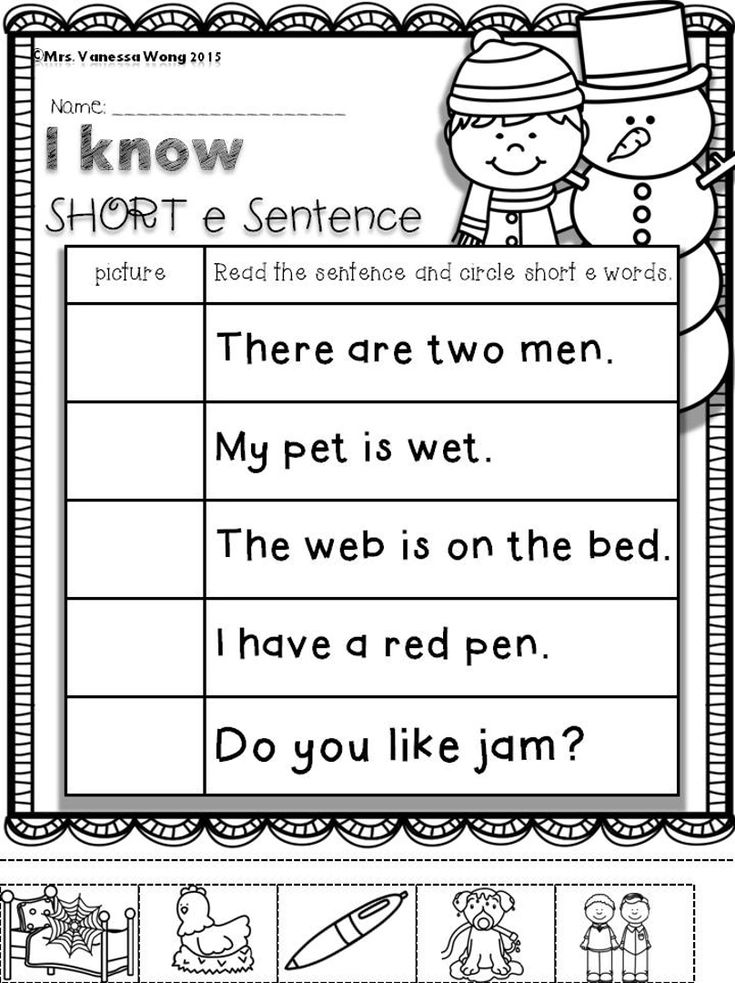 nine0003
nine0003
Examples of actions: Peel and eat an orange, drink a cup of very hot tea, wash a window, eat a candy, peel and cut an onion, eat a lemon wedge, make a phone call, cross a puddle, comb and braid your hair, jump rope, go skiing, spin a hoop, make and eat a sausage and butter sandwich, peel a hard-boiled egg, peel a soft-boiled egg, lace up your boots, put on a fur coat, watch football on TV.
Funny game for kids FEEL THE DIFFERENCE
Purpose: development of creativity, imagination, coordination and empathy.
Task: show the nuances of different actions so that the actions differ from each other.
The host calls the action, the children perform. The facilitator can tell the children how one action differs from another.
Action examples: smile/laugh/grin/giggle/chuckle, talk/whisper/grumble/shout/mumble, walk/stomp/strike/march/flutter, jump/jump/bounce/jump/jump/jump/bounce, sing/ sing/scream/purr.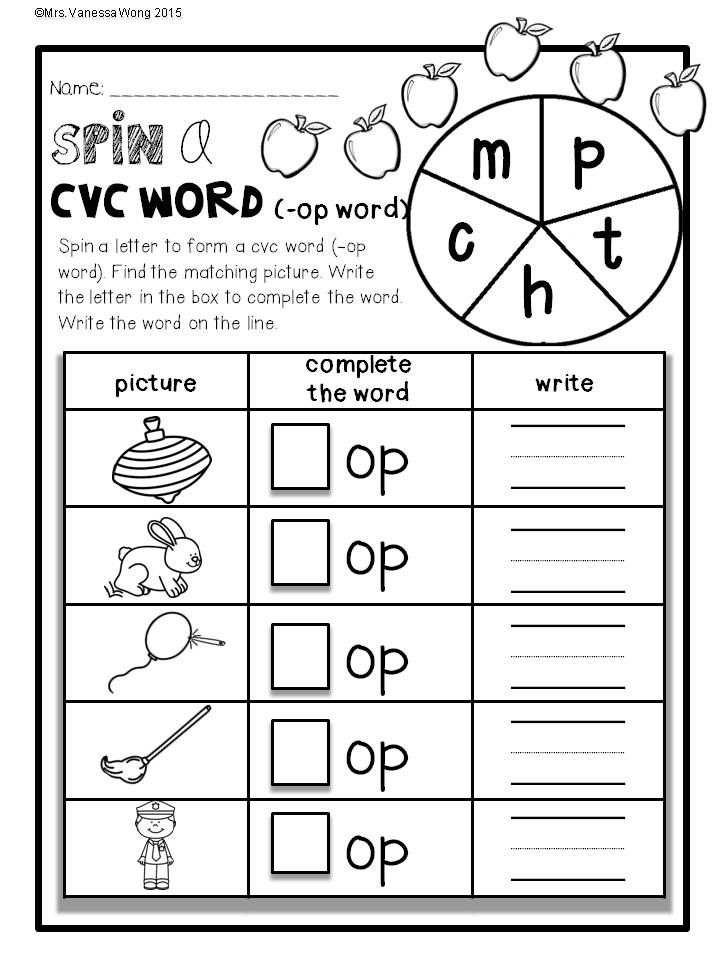 nine0008
nine0008
Alternatively, you can ask the children to rank the actions: from the calmest to the most active and stormy, and vice versa.
Funny game for kids DRAW!
Purpose: development of creative abilities, imaginative thinking.
Participants: individuals and teams.
Task: complete the picture, including an object or character already drawn or pasted on a piece of paper into the plot.
Funny game for children PAINTED NAME
Purpose: development of creative abilities, imagination, imaginative thinking.
Task: draw your name the way the child feels it.
After this game, you can introduce children to what their names mean, talk with children about whether they know why or in honor of whom they were named that way, what other names are in their family.
Complicated task - draw the names of your family members, your last name.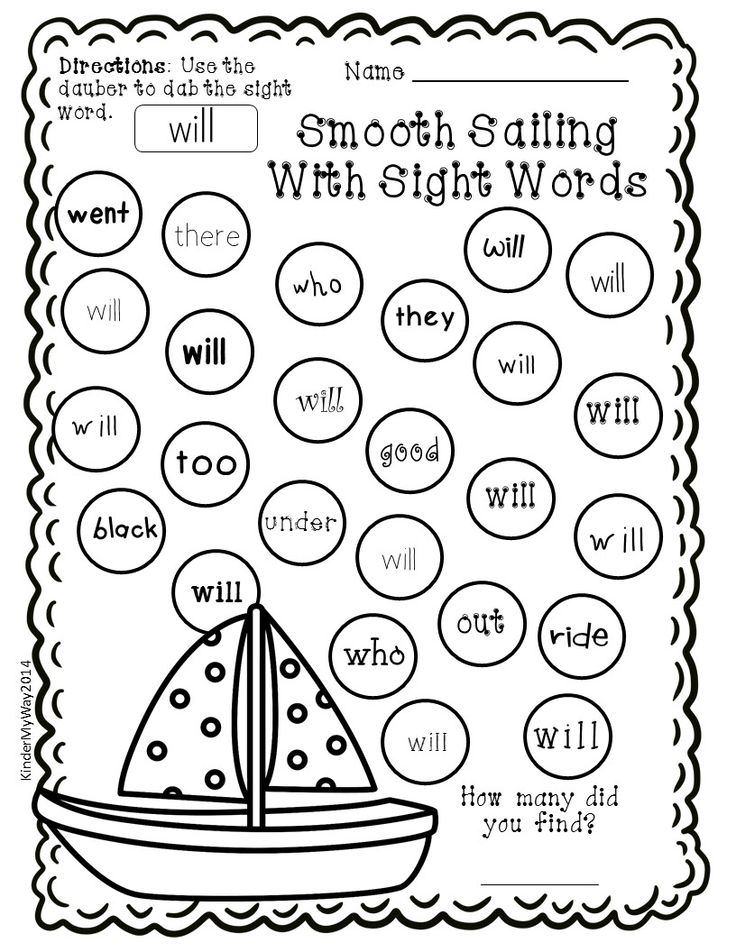
Funny game for children WHAT DID IT GO? nine0012
Purpose: development of creative abilities, imaginative thinking, coordination.
Participants: two or more teams.
Task: draw an object blindfolded with the whole team, drawing individual details of the picture in turn.
After the drawing is done, the other teams have to figure out what their opponents did.
Funny game for children SAME AND OPPOSITE
Goal: replenishment of children's vocabulary; development of speech, figurative thinking.
Participants: individuals and teams.
Task: for each leading word spoken, come up with as many synonyms and antonyms as possible. For each invented word, the person who came up with it gets one point.
Words can also be invented by the teams themselves. In this case, one team says the word, the second - its synonym and antonym. Then the teams change.
Then the teams change.
Funny game for children AS IN A FAIRY TALE
Purpose: replenishment of children's vocabulary; development of figurative thinking.
Participants: individuals and teams.
Task: find epithets for nouns that are used in Russian folklore and Russian folk tales.
This game is best played after studying the relevant topic in Direct Learning Activities (DLL) classes or after reading Russian folk epics, fairy tales, listening to Russian folk songs. You can talk with children about why the people awarded this or that phenomenon, object or person with such epithets; to what else can one choose the same definitions. nine0003
Examples: good fellow, golden wheat, fine day, clear field, clear eyes, silky hair, black eyes, scarlet lips, white birch, burning tears, wild little head, red sun, ruddy apple, dark forces, faithful friend, a fierce enemy, a sharp look, a tasty piece, a dense forest, dear mother.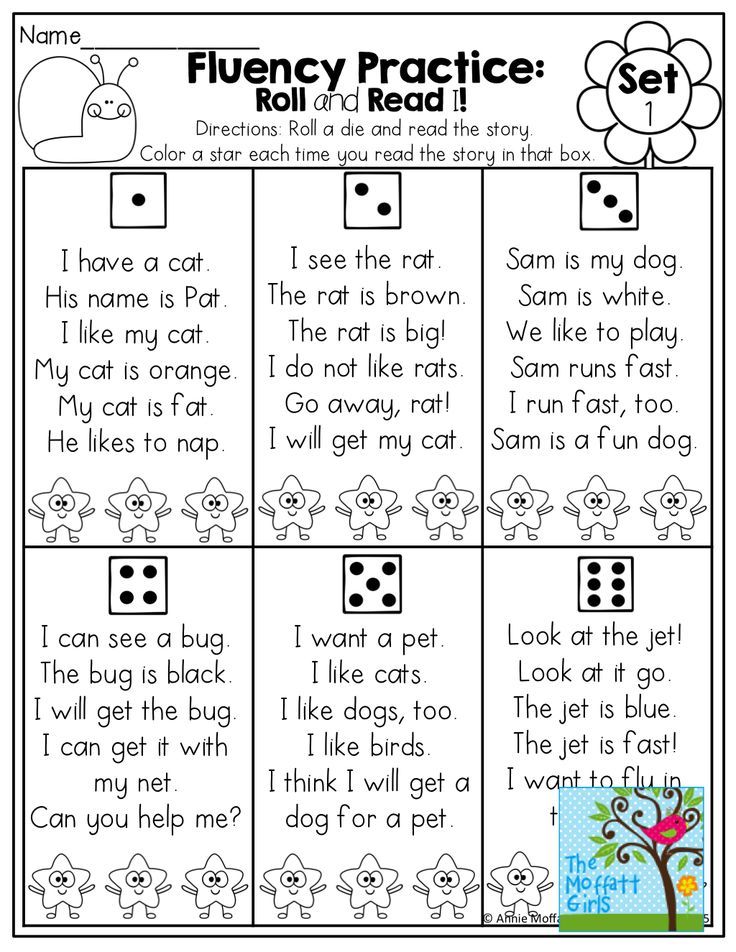
Funny game for children CHANG THE LETTER
Purpose: vocabulary replenishment; development of speech, thinking; strengthening the ability to read simple words. nine0003
Participants: individually or as a team.
Task: by changing one letter in a word, get a new word from it (children are offered simple words made up of cards with letters).
For example: cat-mouth, rome-rice, rice-fox, forest-lion, lac-bow, bow-beetle, hour-tea, hour-bass, tea-paradise, genus-year, bass-buck, tank -side, house-com, ox-shaft, ball-sword.
The second version of this fun kindergarten game is to make a chain of three words.
For example: chalk-mol-goal, shield-whale-cat, bass-bis-rice, fox-forest-lion, gam-gaz-las.
The third, more difficult version of the game is to make new words by changing one letter in four-letter words.
For example: dad-paw, mom-frame, mountain-time.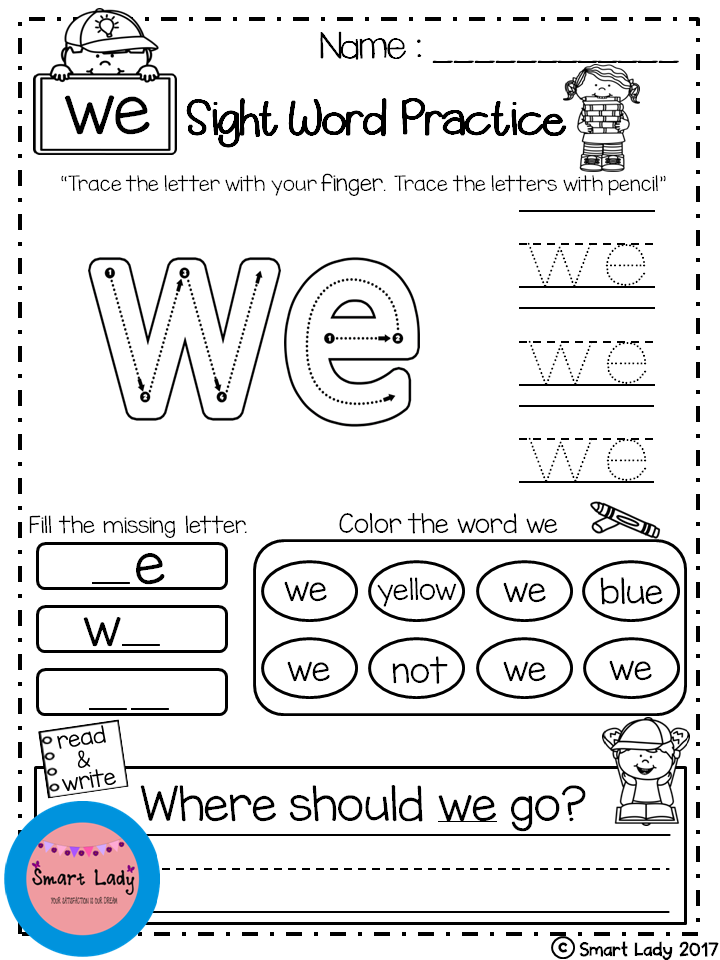
The fourth option is to make a chain of three four-letter words.
For example: river-hand-flour, dew-spit-goat.
The fifth variant of the game is to compose words, each time changing one letter in five-letter words. nine0003
For example: mouse-mouse, cat-crust-mink, crust-mink.
The sixth version of the game is to make a chain of words from the maximum possible number of "links" in the chain, each time changing one letter in the word. Thus, you can play in two teams or individually "for the winner".
For example: tea-hour-bass-bak-bok-juice, bridge-post-port-para-vine, honey-ice-lad-lak-mak-mag-mig-feast-steam-heat.
NOTE. Finger and puppet theater at low prices in the specialized store "Kindergarten" - detsad-shop.ru. nine0003
Word games for preschool children | Speech development card file (senior group) on the topic:
Word games
for children
senior preschool age
What kind of subject?
Purpose: to learn to name an object and describe it.
Stroke.
The child takes out an object, a toy, from a wonderful bag, calls it (this is a ball). At first, the teacher describes the toy: “It is round, blue, with a yellow stripe, etc.” nine0003
Guess the toy
Purpose: to develop in children the ability to find an object, focusing on its main features, description.
Stroke.
3-4 familiar toys are put on display. The teacher reports: he will outline the toy, and the task of the players is to listen and name this object.
Note: 1-2 features are indicated first. If children find it difficult 3-4.
Who will see and name more
Purpose: to learn to designate parts and signs of the appearance of a toy with a word and action. nine0003
Stroke.
Educator: Olya doll is our guest. Olya loves to be praised, pay attention to her clothes. We will give the doll pleasure, describe her dress, shoes, socks.
Magpie
Purpose: to correlate the verb with the action that it denotes and with the subject who performed this action.
Material: needles, glasses, soap, bell, brush, iron. Brush, broom, toy - bird Magpie.
Stroke.
Educator: While you were at home, a magpie flew into the kindergarten and collected various things in her bag. Let's see what she took
(teacher lays out objects)
Next, there is a dialogue between children and forty:
Children:
Magpie, forty
Give us soap
Magpies:
I won’t give it, I will not give
I will take your soap
wash my shirt.
Children:
Magpie, magpie
Give us the needle!
Magpie:
I won't give it, I won't give it back.
I'll take a needle
I'll sew a shirt for my shirt. nine0003
Children:
Magpie, magpie,
Give us glasses
Magpie:
I won't, I won't.
I myself have no glasses,
I can't read a shirt of verses.
Children:
Magpie, magpie.
Give us a call.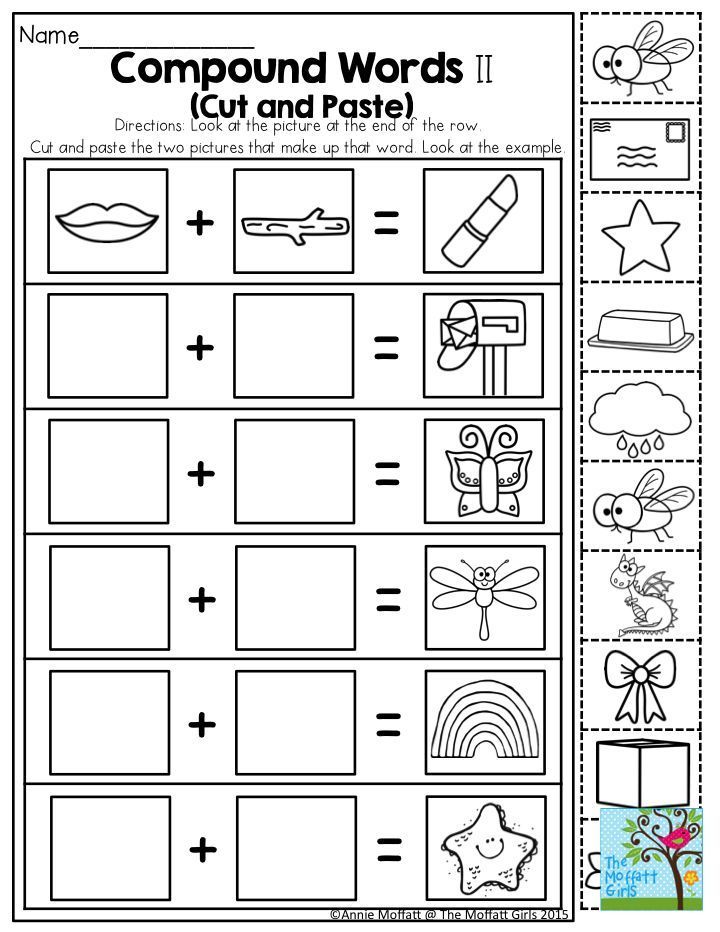
Magpie:
I won't give it, I won't give it back.
I'll take the bell.
I'll give you a shirt - call me, my son.
Educator:
You, forty, do not hurry
You ask the children. nine0003
They will all understand you.
Everything you need will be served.
Educator:
What do you want to do, magpie? (Clean, iron, paint...)
Educator:
Children, what does a magpie need for this?
(Children call and bring all the items)
Magpie thanks and flies away.
“Name as many objects as you can”
Purpose: to exercise children in the clear pronunciation of words.
Stroke.
The teacher invites the children to look around themselves and name as many objects that surround them as possible (name only those that are in their field of vision)
The teacher makes sure that the children pronounce the words correctly and clearly, do not repeat. When the kids can no longer name anything themselves, the teacher can ask them leading questions: “What is hanging on the wall?” etc.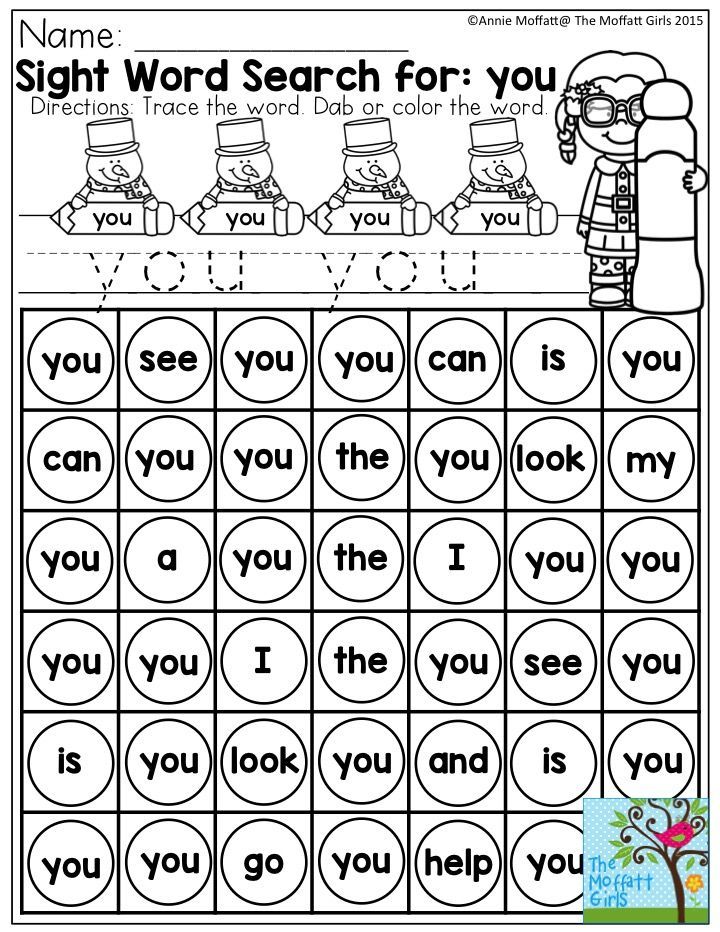
Olya's helpers
Purpose: to form a plural form. Numbers of verbs.
Material: Olya doll.
Stroke.
- Olya doll came to us with her assistants. I'll show them to you, and you can guess who these assistants are and what they help Olya to do. nine0003
The doll is walking on the table. The teacher points to her feet.
- What is it? (These are legs)
- They are Olya's helpers. What are they doing? (They walk, jump, dance, etc.)
Then they point to other parts of the body and ask similar questions, the children answer (take hands, draw ...; teeth chew, bite, gnaw ...; eyes look, blink ...)
"Colorful chest"
Purpose: to teach children, when agreeing neuter (feminine) nouns with a pronoun, to focus on the end of the word. nine0003
Material: box, subject pictures according to the number of children.
Stroke.
Educator:
I put the pictures
In a colorful chest.
Come on, Ira, take a look,
Take out the picture, name it.
Children take out a picture and say what it shows.
"Tell me which one?"
Purpose: To teach children to distinguish the signs of an object.
Stroke.
The teacher (or child) takes out objects from the box, names them, and the children point out any sign of this object. nine0003
If the children find it difficult, the teacher helps: “This is a cube. What is he?
"Magic Cube"
Game material: cubes with pictures on each side.
Rules of the game. The child rolls the dice. Then he must depict what is drawn on the upper face and pronounce the corresponding sound.
Stroke.
The child, together with the teacher, says: “Twist, turn, lie down on the side”, and rolls the die. On the top face - for example, an airplane. The teacher asks: "What is it?" and asks to imitate the rumble of an airplane. nine0003
Other faces of the die are played in the same way
“Unusual song”
Rules of the game. The child sings vowel sounds to the motive of any melody familiar to him.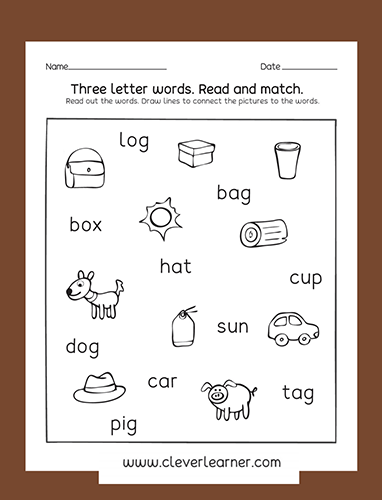
Stroke.
Educator. One day, beetles, butterflies and grasshoppers argued who would sing a song best of all. Big, fat beetles came out first. They sang importantly: O-O-O. (Children sing a melody to the sound O). Then the butterflies fluttered out. They sang a song loudly and cheerfully. (Children perform the same melody, but to the sound A). Grasshopper musicians were the last to come out, they played violins - E-I-I. (Children sing the same melody to the sound I). Then everyone came out into the clearing and began to chant with words. And immediately all the beetles, butterflies, grasshoppers realized that our girls and boys sing best of all. nine0003
"Echo"
Rules of the game. The teacher loudly pronounces any vowel sound, and the child repeats it, but quietly.
Stroke.
The teacher says loudly: A-A-A. the echo child quietly answers: ahhh. And so on. You can also use a combination of vowel sounds: ay, wah, ea, etc.
"Gardener and flowers"
Purpose: to consolidate children's knowledge about flowers (wild berries, fruits, etc. )
)
Move.
Five or six players sit on chairs arranged in a circle. This is flowers. They all have a name (you can have the players choose a flower picture; you can’t show it to the host). The leading gardener says: “I haven’t seen a wonderful white flower with a yellow eye that looks like a small sun for so long, I haven’t seen a chamomile.” Chamomile stands up and takes a step forward. Chamomile, bowing to the gardener, says: “Thank you, dear gardener. I'm glad you wanted to take a look at me." Chamomile sits on another chair. The game continues until the gardener has listed all the flowers. nine0003
The content of this game can be easily changed: "Gardener and fruit trees", "Forest man and wild berries", "Animal trainer and his animals", etc.
“Who will name more actions”
Purpose: to actively use verbs in speech, forming various verb forms.
Material. Pictures: clothes, plane, doll, dog, sun, rain, snow.
Stroke.
Neumeyka comes and brings pictures.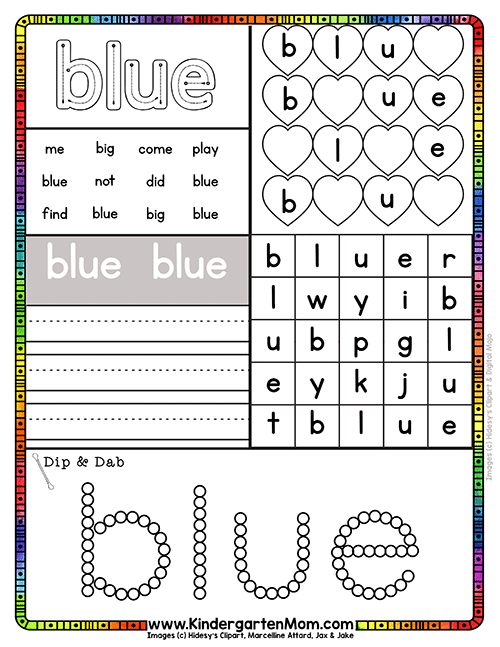 The task of children is to pick up words that denote actions related to objects or phenomena depicted in the pictures. nine0003
The task of children is to pick up words that denote actions related to objects or phenomena depicted in the pictures. nine0003
For example:
- What can you say about the plane? (flies, buzzes, rises)
- What can be done with clothes? (wash, iron, sew up)
- What can you say about the rain? (walks, drips, pours, drizzles, knocks on the roof)
Etc.
"Kids and Wolf"
Purpose. End the story at its beginning.
Material. Flannelgraph and attributes for the fairy tale "Goat with kids", bunny
Hod.
The teacher tells the beginning of the tale, demonstrating the figures of the characters. nine0003
- Listen to what happened next: The goat went back to the forest. The goats were left alone at home. Suddenly there was a knock on the door again. The kids got scared and hid. And it was a small one /show/… (Children agree: bunny)
Educator: bunny says….
Children: don't be afraid of me, it's me, a little bunny.
Educator: The goats treated him….
Children: carrots, cabbages…
Educator: then they became…
Etc.
Wake up the cat
Target. Activate the name of animal cubs in the speech of children.
Material. Animal costume elements (hat)
Move.
One of the children gets the role of a cat. He sits down, closing his eyes (as if sleeping), on a chair in the center of the circle, and the rest, choosing the role of any animal cub at will, form a circle. The one whom the teacher points out with a gesture gives a voice (makes an onomatopoeia corresponding to the character).
The task of the cat: name who woke him up (cockerel, frog, etc.). If the character is named correctly, the performers switch places and the game continues. nine0003
Veterok
Purpose. Development of phonemic hearing.
Stroke.
Children stand in a circle. The teacher makes different sounds. If you hear a sound such as y, raise your arms and circle slowly.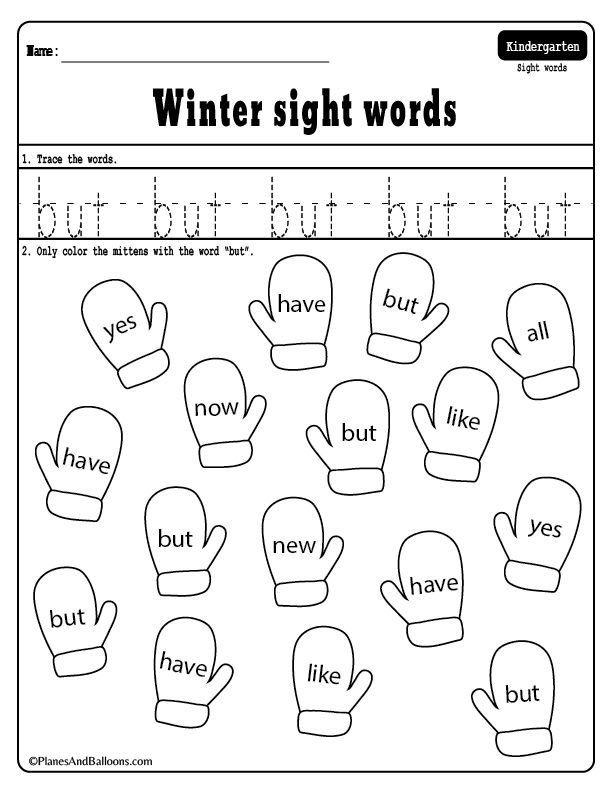
Sounds are pronounced y, and, a, o, y, and, y, a. Children, having heard the sound y, make the appropriate movements
"Pinocchio-traveler"
Purpose. Focus on the meaning of verbs.
Material. Pinocchio doll.
Stroke.
Pinocchio is a traveller. He travels to many kindergartens. He will tell about his travels, and you will guess which rooms of the kindergarten or on the street he visited. nine0003
- I went into the room where the children roll up their sleeves, soap their hands, and dry themselves.
- They yawn, rest, sleep ...
- They dance, sing, whirl ...
Pinocchio was in kindergarten when the children:
- come, say hello ... (When does this happen?)
- have lunch, thank you ...
- getting dressed, saying goodbye...
- making a snowman, sledging
"Hide and Seek"
Purpose. Formation of the morphological aspect of speech. Bring children to the understanding of prepositions and adverbs that have a spatial meaning (in, on, behind, under, near, between, next to, left, right)
Material.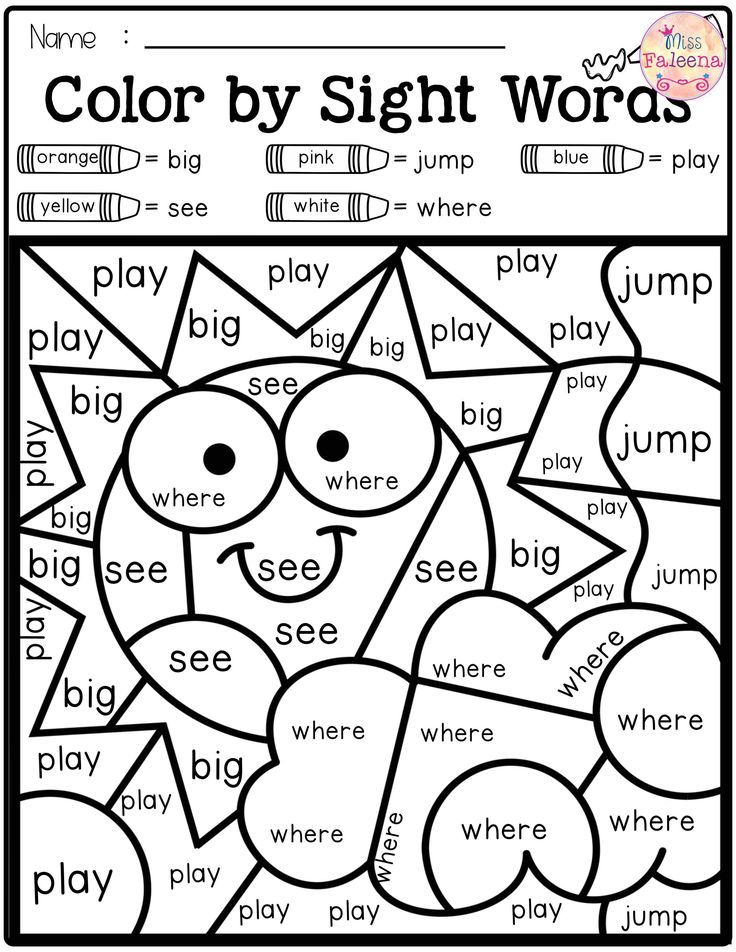 Small toys.
Small toys.
Stroke.
The teacher hides the toys made in advance in different places of the group room, and then, having gathered the children around him. He informs them: “I was informed that uninvited guests settled in our group. The tracker who was watching them writes that someone hid in the upper right drawer of the desk. Who will go looking? Good. Found? Well done! And someone hid in the corner of the toys, behind the closet (Search). Someone under the doll's bed; someone on the table; that stands to my right"
T.O. the children look for all the uninvited guests, hide them in a box and agree that they will play hide and seek again with their help.
"The postman brought a postcard"
Purpose. To teach children to form verb forms in the present tense (draws, dances, runs, jumps, laps, waters, meows, barks, strokes, drums, etc.)
Material. Postcards depicting people and animals performing various activities.
Stroke.
The game is played with a small subgroup.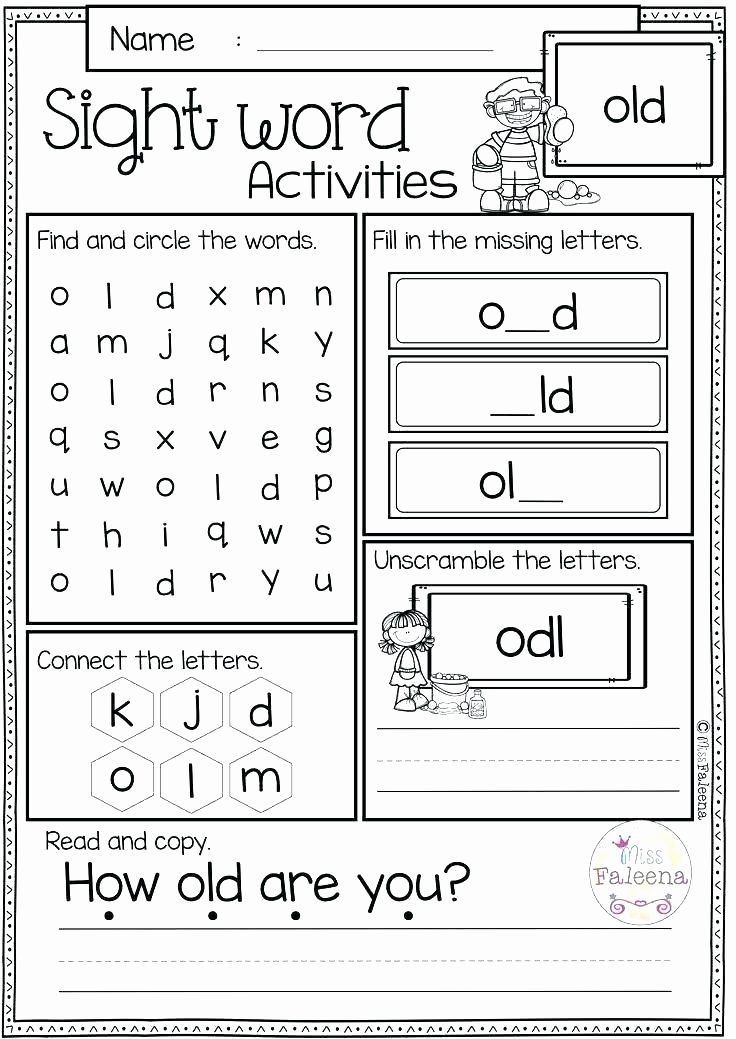 nine0003
nine0003
Someone knocks on the door.
Educator: Guys, the postman brought us postcards. Now we will consider them together. Who is on this postcard? That's right, Mishka. What is he doing? Yes, drumming. This postcard is addressed to Olya. Olya, remember your postcard. This postcard is addressed to Pasha. Who is pictured here? What does he do? And, you, Petya, remember your postcard.
T.O. 4-5 pieces are considered. And those to whom they are addressed must correctly name the actions of the character and remember the image. nine0003
Teacher: Now I will check if you remember your postcards? Snowmen are dancing. Whose postcard is this? Etc.
"Finish the sentence"
Purpose: use of complex sentences)
· Mom put the bread... where? (to the breadbasket)
· Brother poured sugar... where? (to the sugar bowl)
· Grandmother made a delicious salad and put it... where? (to the salad bowl)
· Dad brought sweets and put them ..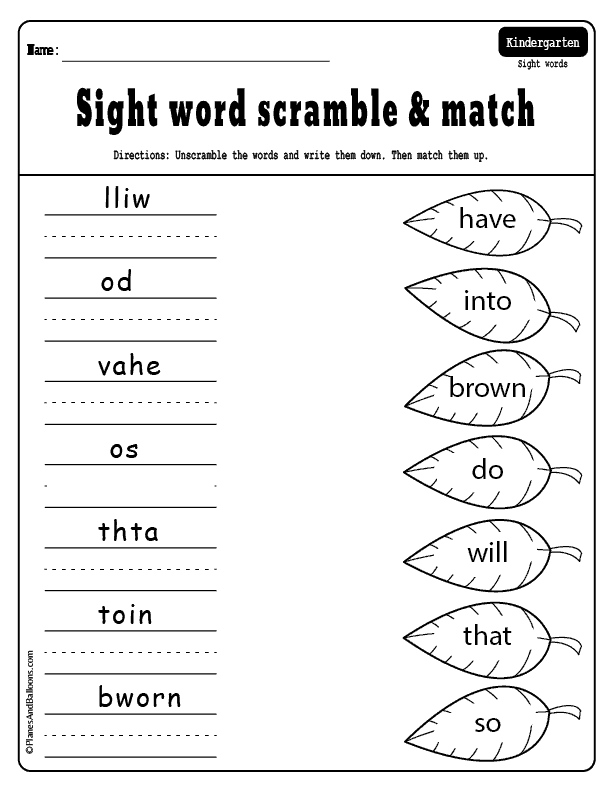 . where? (in candy bowl)
. where? (in candy bowl)
Marina didn't go to school today because... (fell ill)
We turned on the heaters because... (it got cold)
I don't want to sleep because... (it's still early)
· We will go to the forest tomorrow if... (weather is fine)
· Mother went to the market to... (buy groceries)
· The cat climbed a tree to... (to save the dogs) )
"Mode of the day"
8-10 plot or schematic pictures about the daily routine. Offer to consider, and then arrange in a certain sequence and explain. nine0003
"Who wants a treat?"
Purpose: the use of difficult forms of nouns
The teacher says that there are gifts for animals in the basket, but is afraid to confuse someone with what. Asks for help. Pictures depicting a bear, birds - geese, chickens, swans, horses, wolves, foxes, lynxes, monkeys, kangaroos, giraffes, elephants are offered. Who wants honey? Who is the grain for? Who needs meat? Who wants fruit?
"Name three words"
Purpose: vocabulary activation
Children line up.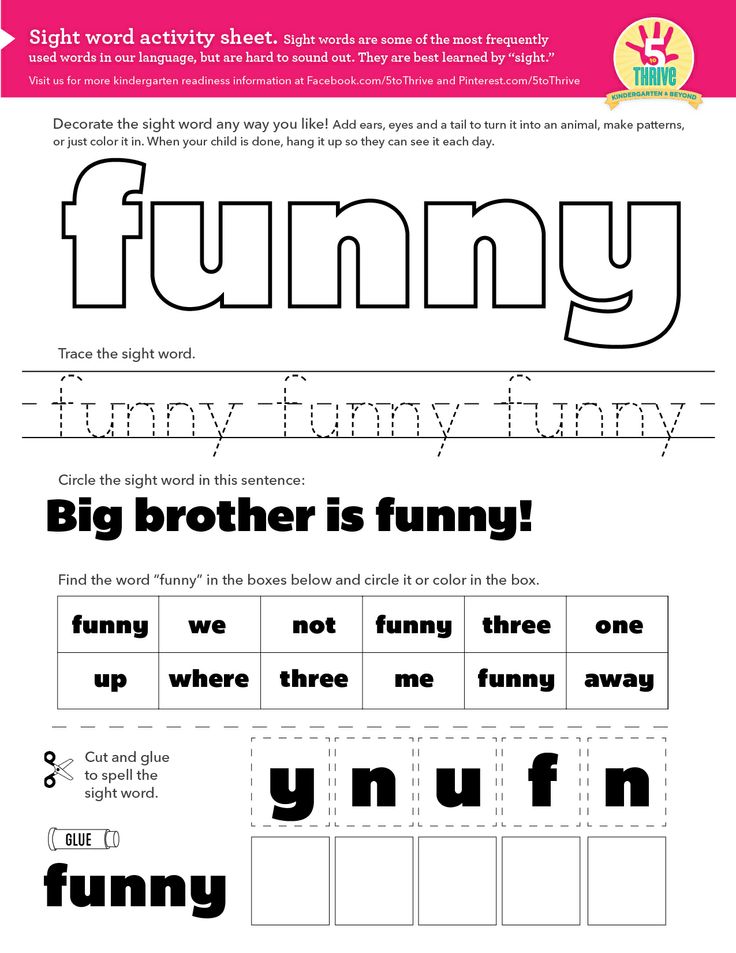 Each participant is asked a question in turn. It is necessary, taking three steps forward, to give three words-answers with each step, without slowing down the pace of walking. nine0003
Each participant is asked a question in turn. It is necessary, taking three steps forward, to give three words-answers with each step, without slowing down the pace of walking. nine0003
· What can I buy? (dress, suit, trousers)
· What can be cooked? What can be read? What can you draw? What can fly? What can float? What (who) can jump? Etc.
"Who wants to be what?"
Purpose: the use of difficult forms of the verb
Children are offered plot pictures depicting labor actions. What are the boys doing? (The boys want to make a model airplane) What do they want to be? (They want to become pilots). Children are invited to come up with a sentence with the word want or want. nine0003
"Zoo"
Purpose: development of coherent speech.
Children sit in a circle, each receiving a picture without showing them to each other. Everyone should describe their animal, without naming it, according to the following plan:
1. Appearance;
2. What does he eat.
What does he eat.
The "game clock" is used for the game. Turn the arrow first. Whom she points to, he begins the story. Then, by rotating the arrows, it is determined who should guess the described animal.
"Compare items"
Purpose: development of observation, specification of the vocabulary due to the names
details and parts of objects, their qualities).
In the game, you can use both things and toys that are the same in name, but differ in some features or details, as well as paired subject pictures. For example, two buckets, two aprons, two shirts, two spoons, etc.
An adult reports that a package has been sent to the kindergarten. What is this? Gets things. "Now we will consider them carefully. I will talk about one thing, and one of you - about another. We will tell in turn." nine0003
For example:
| Adult: "I have a smart apron." | Child: "I have a work apron. |

